Exploring the Reality of China's "New Countryside"
Can an upgraded rural life ever match the attractiveness of the cities for Chinese farmers?
This is a repost of a Twitter thread originally shared on July 22, 2022. It has been edited and revised slightly for long-essay format.
After spending several weeks in Hunan, it was time to move onto the next location - Hubei Province. My destination was Ezhou City. Here, I would get the chance to visit tiny rural villages and learn the importance of China’s “New Countryside” initiative.
Never heard of Ezhou City? Don’t worry…it’s not exactly a well-known place. Ezhou is a small, bland city of a million souls, just southeast of Wuhan on the Yangtze, close enough to commute (23 mins to Wuhan via high speed rail).
It is one of the smallest prefecture-level cities in China, both in population and area (note that a county-level city is within a prefecture-level city, like how Zixing was administratively part of Chenzhou).
Outside of Hubei, Ezhou has a very low profile, except for those working in the logistics industry, since SF Express has recently opened a huge new cargo airport there. This is my wife’s hometown though, so I get to visit at least once a year (this is also why I can confidently say Ezhou is virtually unknown outside of Hubei; it actually comes up in conversations fairly often. When asked, my wife usually says she’s from “a small city close to Wuhan”).
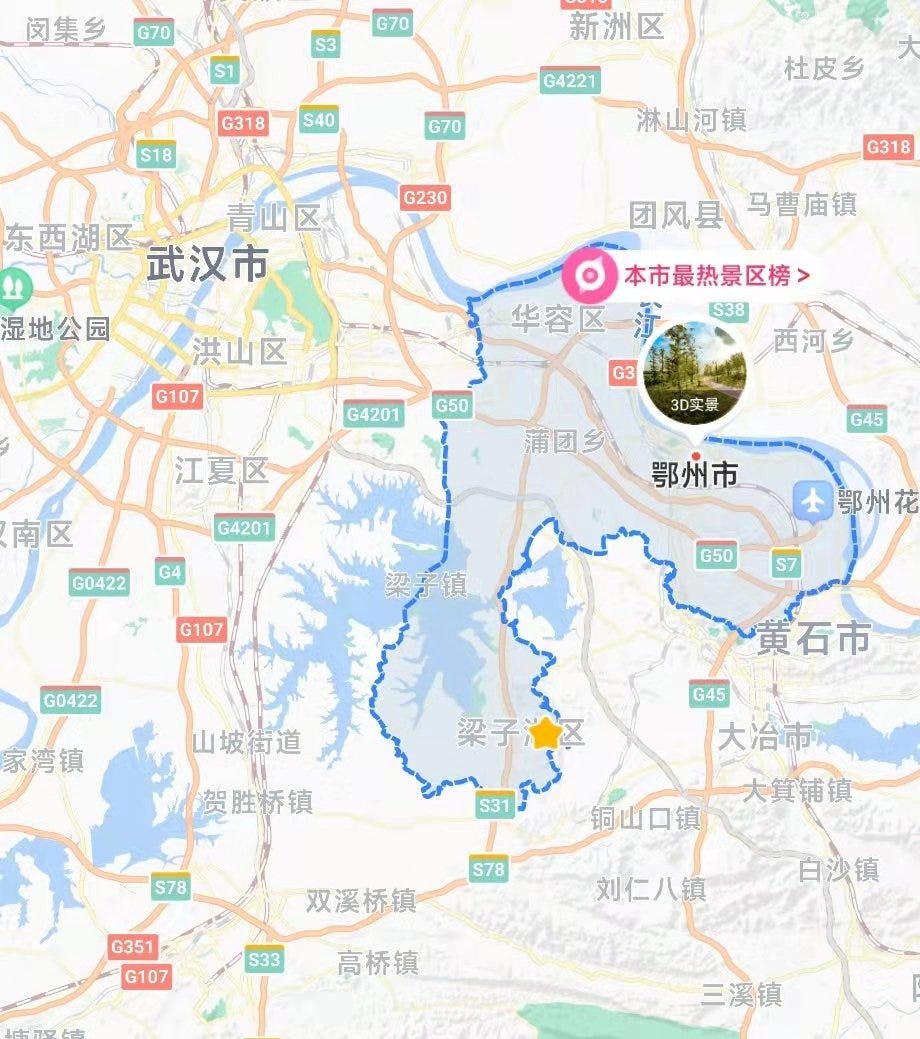
Although this seemingly-boring city appears fairly unimpressive, it actually has a bit of interesting story, and a bright future ahead of it, thanks to that new airport. Perhaps I will discuss Ezhou more in a future thread. But first, I need to talk about my experience with Brother Liu and Ezhou’s New Countryside.
On our first night back home, we’re out to dinner at a restaurant, and a family member has invited one of his business partners to dinner. He asks me to call him “Big Brother Liu” (刘哥). The guy is large, tall, and thick, with a round face and a short buzzed haircut. He is crushing the baijiu like it’s water. His face is red and he is loud and excited and talking a lot. He wants to tell me things about Ezhou. He wants me to come to his hometown in the southern district of the city to have their famous beef rice noodles for breakfast. Supposedly, they’re the “best noodles in Ezhou”.
I have no intention of actually going to get these noodles and he has no intention of actually following through to bring us to go get beef noodles. This is all 意思意思1, but of course I agree, because that's what you do. Then he says the magic words: "When you come, I will take you to tour our New Countryside projects.
Ohhh. Now I really DO wanna go.
China's “New Countryside” (新农村) initiative has formally been ongoing since 2018, although before that, it had a different name with similar aims. It is a massive, nation-wide, long-term project trying to reinvent rural lifestyles and reverse the trend of rural decline, or rural "withering".
A frequent linked phrase is "Rural Rejuvenation." (农村振兴) In theory, the endgame of "rural rejuvenation" is a China where large cities, small cities, and rural areas all have comparable levels of services and infrastructure, offering attractive but different lifestyles. The deadline to realize this idealized future? The year 2050.
This urban-rural model stands in obvious contrast to models where almost everything is urbanized and rural life exists only in museums and everyone lives like this:
...or models where rural areas stop developing by design, existing as an anachronistic farm Disneyland, subsisting on tourism and agricultural subsidies.
Like I mentioned in my last post, most of us never go to the real China countryside. And that includes me. By "real" I mean the places without pretty towns, canyons, or rivers for tourism. The places that there is really no reason to go visit…unless you live there. Hell, that’s probably true for most countries, come to think of it.
The only time we see these places is at 300kph from the window of a train. But remember: in China, 500 million people live in places like this. So...I'm VERY keen to go see what’s going on with this “New Countryside” program.
After dinner, I mention to the relevant family members that it would be great if someone could tactfully remind Brother Liu of this conversation tomorrow (when he’s sobered up) and see if he was just being polite, or if he’d actually be down to take us on a tour of his hometown to eat beef noodles and see the New Countryside. And it turned out…he was!
So, on Saturday morning, we get up early, boarding Brother Liu's massive new Ford SUV and speeding off to Liangzihu, a rural district of Ezhou about 60km south of the city center. We take the newly-constructed Ezhou-Xianning Highway, which is so new that half the exits don't work and are blocked off by traffic barriers.
On both sides, we are flanked by endless plots of lotus ponds, with lotus seeds, roots, and flowers all being signature crops from this area.
We arrive in Brother Liu's hometown, which is Taihe Township 太和镇, population 56,000. It's a mess of trikes, motorcycles, and construction vehicles honking horns. From this point, most of the pictures will be from inside the vehicle, because it’s a clear sunny day and 40 degrees C out there.
True to his word, we get beef rice noodles for breakfast. They’re fine. They taste like every other bowl of beef rice noodles I’ve ever had. He asks me how they are. I tell him they're delicious, of course.
Now it's time for the tour. It turns out Brother Liu is so enthusiastic about the New Countryside projects in Taihe Township because: A. He's from here and is very proud of the changes his home has seen and B. He's a manager in a paving company that won many tenders to fix the rural roads, so he’s also showing off the fruits of his company’s labors.
Within 5 minutes of leaving Taihe, we're hurtling along a freshly-paved rural road edged by fields of corn. I'm surprised to see different competing brands of rideshare e-bikes parked alongside the road, basically all the same brands I saw back in Ezhou City. Brother Liu says the e-bikes coverage extends to all the villages now. You often see them left on the sides of roads where the rider abandoned it after it ran out of battery power. Must be annoying for the rental operator to track down and recharge…
We arrive in a village with no more than 40 houses. The one-lane road weaves through the houses, passing so close that I can touch them by reaching out the window. We zoom rapidly around blind corners with no vision of what lies around the turn. I wonder if we might hit someone walking in the street? "Don't worry" Brother Liu says. "No one lives here". He's right. We see no one.
Video embedded in the tweet below.

The houses are new. The road is new. There are solar-powered streetlights, roadside benches, a little park. But there are no people. "It's just old people here, and they won't come outside in the heat" Brother Liu says. "But for holidays, everyone comes home and it's very lively." We see few cars as well.
We're going to visit "the nicest house in town" according to Brother Liu. We park and walk into a rural luxury villa. "Just an old couple live here" Liu says. "Their daughter built them this house, but she lives in the city. It's our tradition, to buy a house for your parents."
It's quite the place. A huge tiled yard with tree, flowers, and a BBQ grill. A private fish pond in the entrance. A small temple on the first floor and a larger one on the second floor. Mahogany furniture everywhere. The most fully-equipped bathrooms I've ever seen (lol).
"The luxury houses here are built by the villagers. It's cheap to build large here, so they do. But many of them don't even live here anymore. They only use the house a few times a year, when they come back for holidays. Actually, if you see someone living in their house here, it means they are old, or don't have money".
"There are also houses built by the government on the main road, for people whose houses were destroyed because their house was too broken. They get a new compensation apartment from the government, or compensation money, depending on how large it was and what material it was made out of."
Later I went searching online for more information about compensation. I found it varies wildly by place and situation, from 100s-1000s of RMB/sqm. People have videos online about the question of taking the compensation cash payout vs. a compensation housing unit, and what kind of compensation rate per square meter is reasonable.
Apparently there's a common trick for dishonest developers and/or local government to lowball rural residents for compensation at 700 RMB/sqm specifically, based on an obsolete regulation from 2003. There are TONS of legal videos on Chinese sites warning people about this - like the example I screenshot below. It's a very hot topic.
But even with all the free legal advice online, some people are still being taken advantage of. It was a big story in 2020 when Lü Dewen of Wuhan University exposed in a viral essay online that rural redevelopment under New Countryside programs in Shandong were trampling on villager rights, causing inequitable outcomes and poor living conditions. Local officials were eventually forced to admit there had indeed been an issue and promised to do better.
At the time, outlets like NPR and SupChina gave the issue negative coverage, framing these rural development programs as wasteful and malicious, while the Guardian (to my surprise) offered a more balanced look. Earlier this year, The Diplomat also checked in on the topic neutrally…
…and that's it for English-language media over the last 3 years. A damn shame if you ask me, to only briefly glance at such an important program, laugh at it, criticize it, and then never return for a second look. But even that is better than all the outlets that have totally ignored the program.
Perhaps that's a topic best saved for another day. Let's go back to Taihe.
Brother Liu wants to show me more places of interest. We cross through several more small villages, with newly-renovated houses, bridges, parks, rest benches, and street lights, all empty. I finally see one solitary farmer.
"Most of the farming here is with machines now." says Brother Liu. "There's no one here to work in fields. Landowners will lease their land out to big companies and they grow whatever they need. But the old people still like to have their own farm area for vegetables."
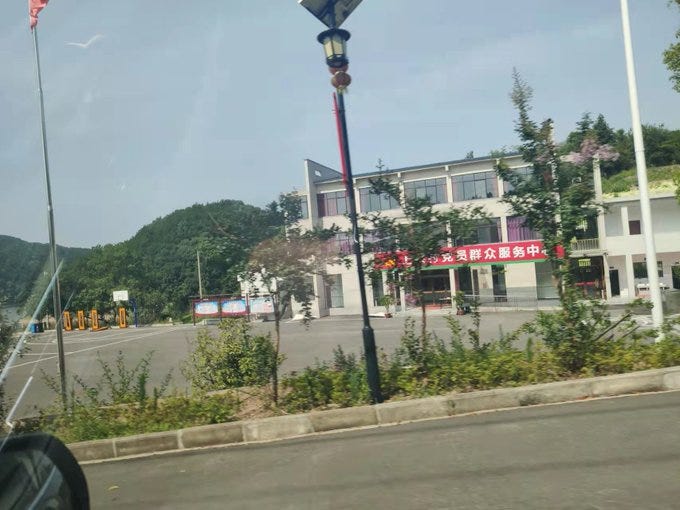
"Look here" says Liu, pointing to a Rural Health Services Station. "This is New Countryside" "There", pointing to a new public toilet. "New Countryside".
"But there's no one here to use it!" I protest. "Why bother?"
"Once we build these things, people will want to live here".
"Really? What about jobs?" I ask. “There aren't any jobs."
"There will be jobs too. I'll show you". We arrive at a collection of buildings with field plots in a neat design. "This will be an agricultural commune. People from the city can come here to grow vegetables".
"And this will be an art village. We will have guesthouses with an art theme, so people can come and enjoy the countryside, make art, and raise vegetables".
"Is it working?" I ask.
"I don't know. It's not done yet. First we'll build the roads and businesses, and then we'll see."
I ask "Are people happy with the new infrastructure? Are they happy to have new houses? Or do they miss the old village style?"
"Some people are happy, but some people miss working in the fields. They're nostalgic and they have no other activities to stay busy...nowhere to raise chickens."
The village ends and the new road abruptly changes to an old cracked one. I see the last street lamp. The houses are old and rundown. Brother Liu turns the car around.
"That's the end of our New Countryside" he says. Over there is Daye City. They aren't doing New Countryside yet."
"Who's paying for all this?" I ask. "Is the money coming from Ezhou City? Hubei Province?"
"Hah, where would Ezhou City get the money? This is from the government."
"You mean from Beijing?"
"Yeah, Beijing. It's all the government's money"
All told, Brother Liu spent 3 hours taking us on this strange and unique tour of Taihe. We see more examples of new infrastructure, public services, planned tourist sites, guesthouses, and agricultural communes. Most are totally empty.
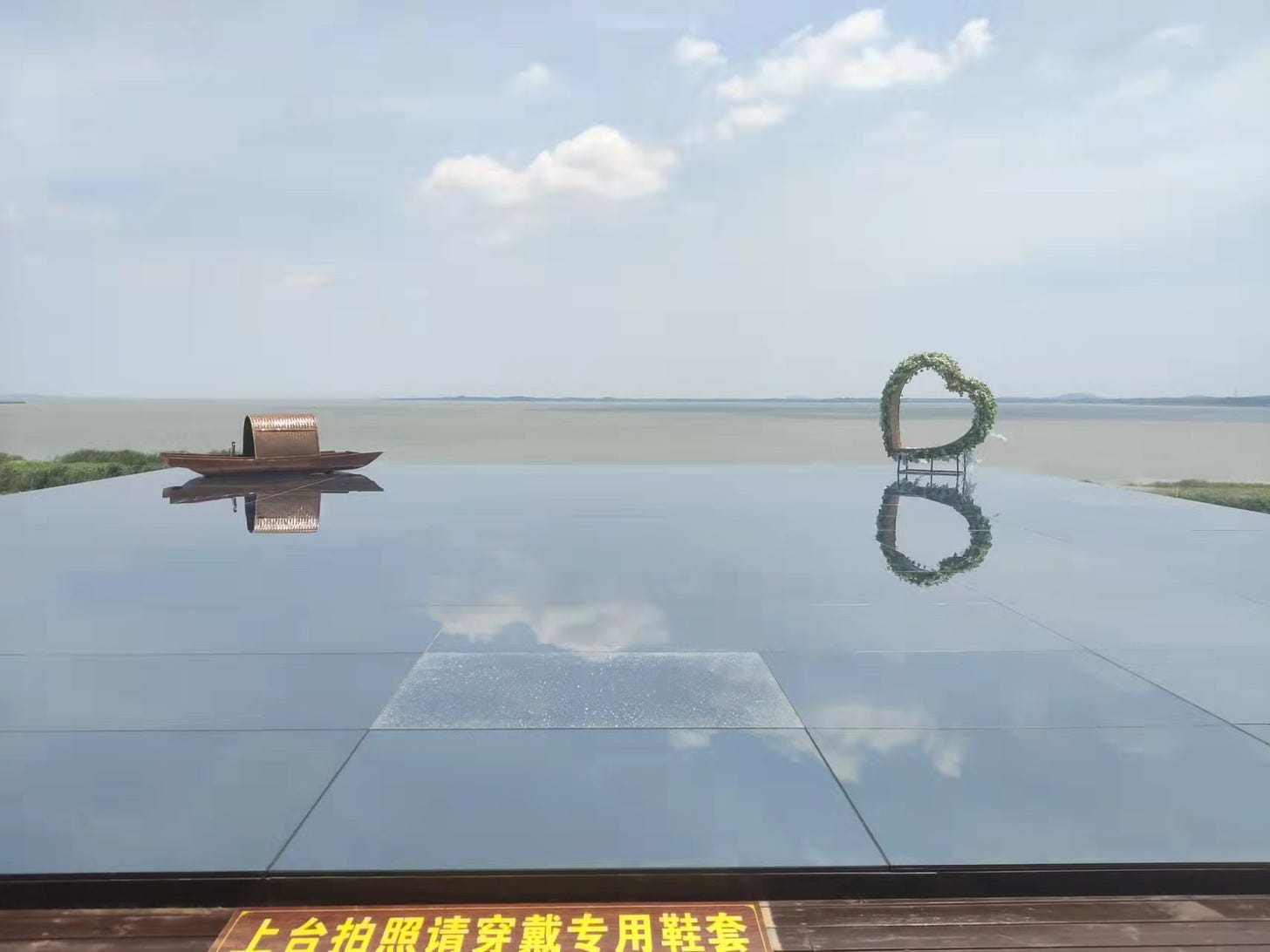
"As a Taihe resident, is it a big change?" I ask.
"We didn't have any change here for the last twenty years," Liu says. "Just a little bit maybe. Everything was almost the same as when I was a kid. Then in the last two years, Taihe has changed more than it did in all the time before. Our Chinese countryside is a beautiful countryside now."
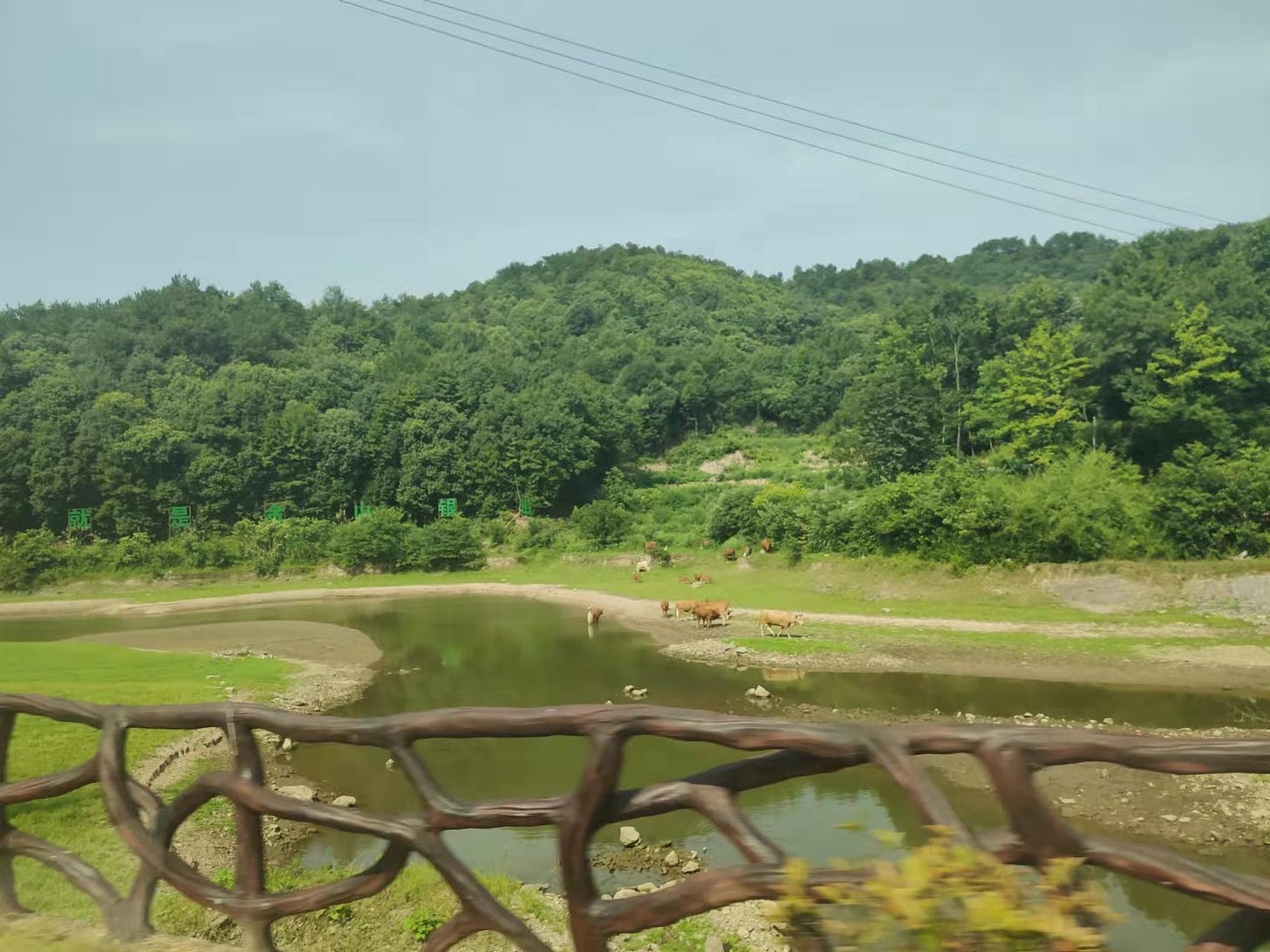
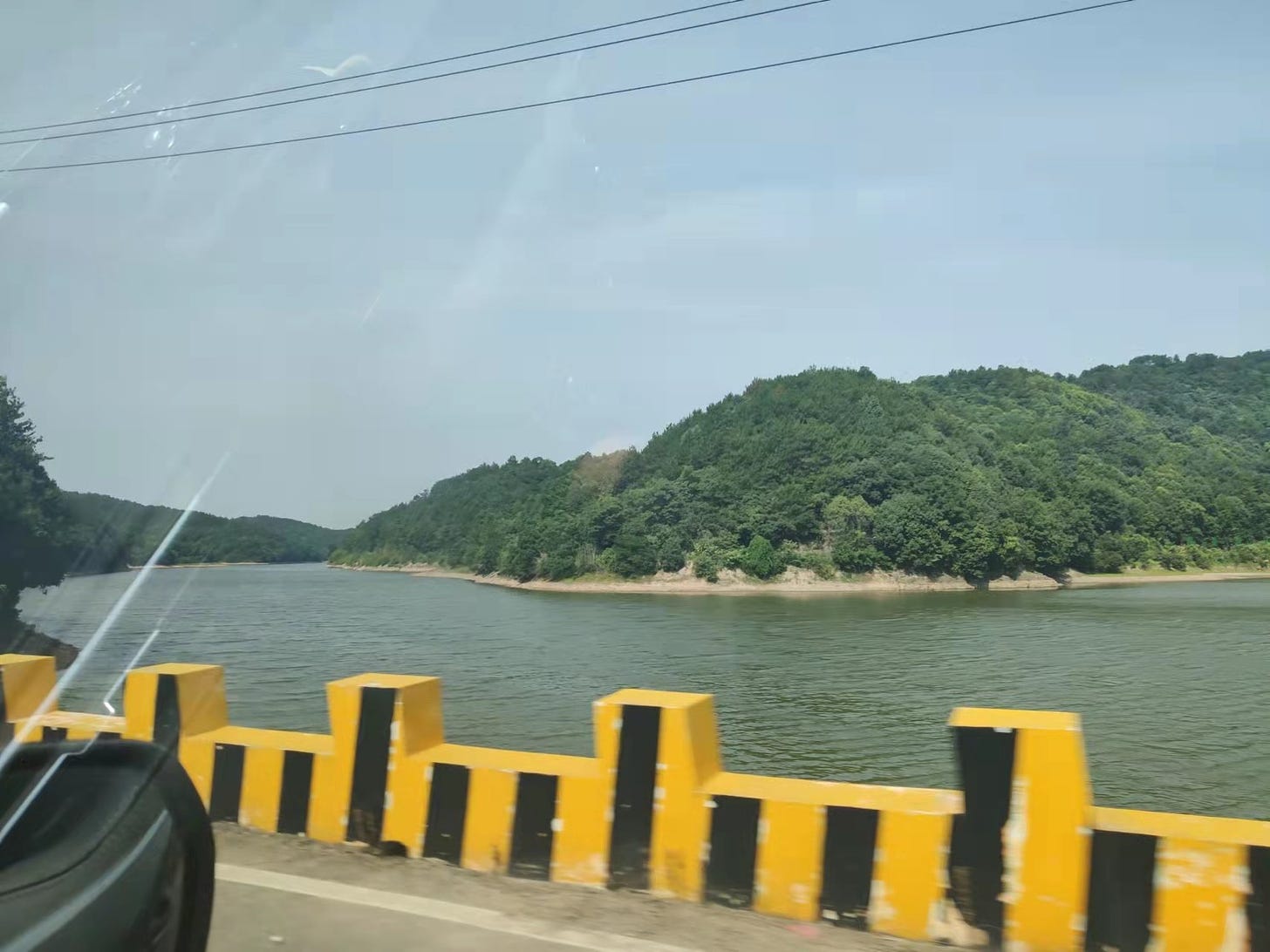
After our tour with Liu finished, I spent a few days reading as much as I could about New Countryside, trying to fill in gaps in my knowledge. I wished I could go back and ask more questions...and take more pics. Ah well, hindsight...
This reading plus what I saw led me to the following list of summary thoughts and conclusions:
The period of China championing urbanization at the expense of rural areas is well and truly over. The new narrative is: It is time for urban CN to repay its debt to rural CN (反哺 is the common metaphor - to repay a debt owed to an older generation). Poverty alleviation, New Countryside, both are part of this same playbook.
Rural areas in China will not die out and only live in museums. Nor will they all seal themselves in amber, waiting for urban residents to play Disney farmpark. They are trying to fabricate a new model of linked urban-rural structure for 21st century China, a model I find very compelling.
In some ways they look like a village version of centrally-planned cities. “If you build it, they will come.” But this means the rural areas are competing to retain/attract the same people that small cities like Jishou are also targeting. Can both fill up? There aren’t enough people for both to achieve their goals, right? There will surely be waste.
New Countryside, just like the construction of other new infrastructure in China (no matter whether it's dams, highways, or railways) means someone's house is getting wrecked. Sometimes this is a big windfall for the owner, getting compensated with cash or a new house. Other times it's a burden and material/emotional loss.
As with everything in China, decentralized execution creates opportunities for local bad actors to take advantage. If only 1% of local developers/officials are rotten, that's still millions that are harmed, even as other hundreds of millions benefit (and I’m fairly certain the actual rate is higher than 1%).
As with everything everywhere, IT'S COMPLEX. In this program's ideals, realities, successes and failures, everyone will find something to like...and dislike. But anyone who tries to give you an opinion on it without ACKNOWLEDGING the complexities is doing you a disservice.
They're just a few years into a plan that will take 3 decades. There's time to figure out what's working, what's not, and make changes - and I believe they will (for what they think are problems anyway). e.g. I think more systems for ensuring rural residents’ rights are still needed.
Overall, I support the balanced urban/rural model embodied by New Countryside, even if some of the execution has issues. China is far from the only country experiencing rural withering. Most can't implement a policy exactly like this, but there are lessons to be learned here.
Alright, that's it for my superficial look at New Countryside. Would love to hear what everyone else things about this fascinating program… Honestly this topic deserves to be covered in a book, not just a twitter thread or Substack essay…
I hope this topic will be a recurring feature on this blog going forward, as I believe it’s a program worth revisiting as much as I can.
I would like to acknowledge the work of post-doc researcher Xu Hongzhang at ANU, whose paper on this topic was super valuable for info sourcing and organizing my ideas in this thread.
Literally “the meaning is in the meaning” or “the meaning is in the intention”. It’s a polite action that may or may not (but usually is not) an actual invitation



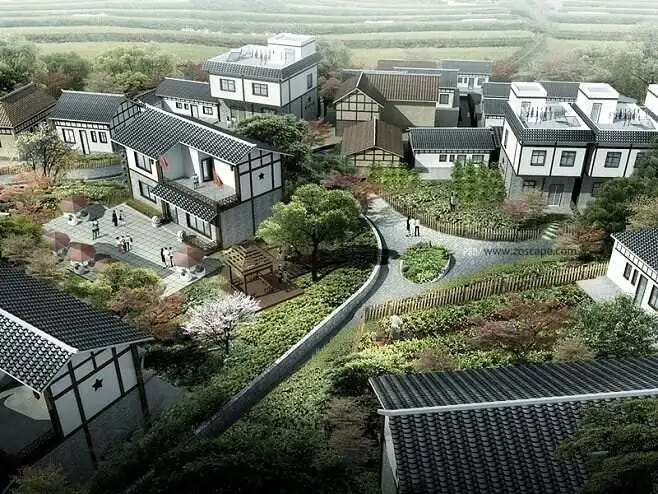
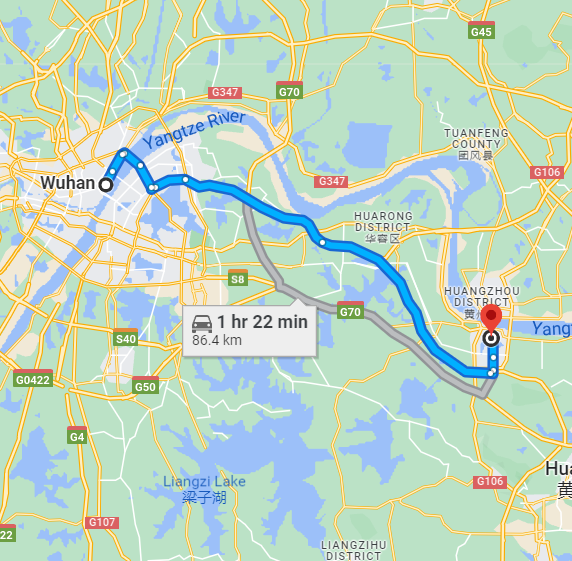

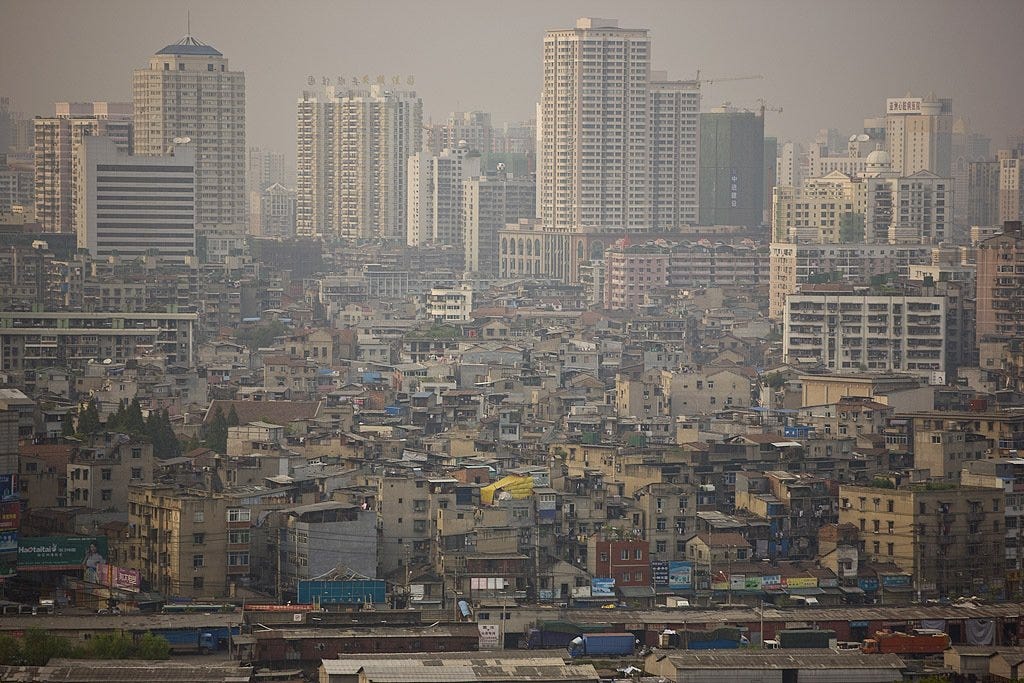
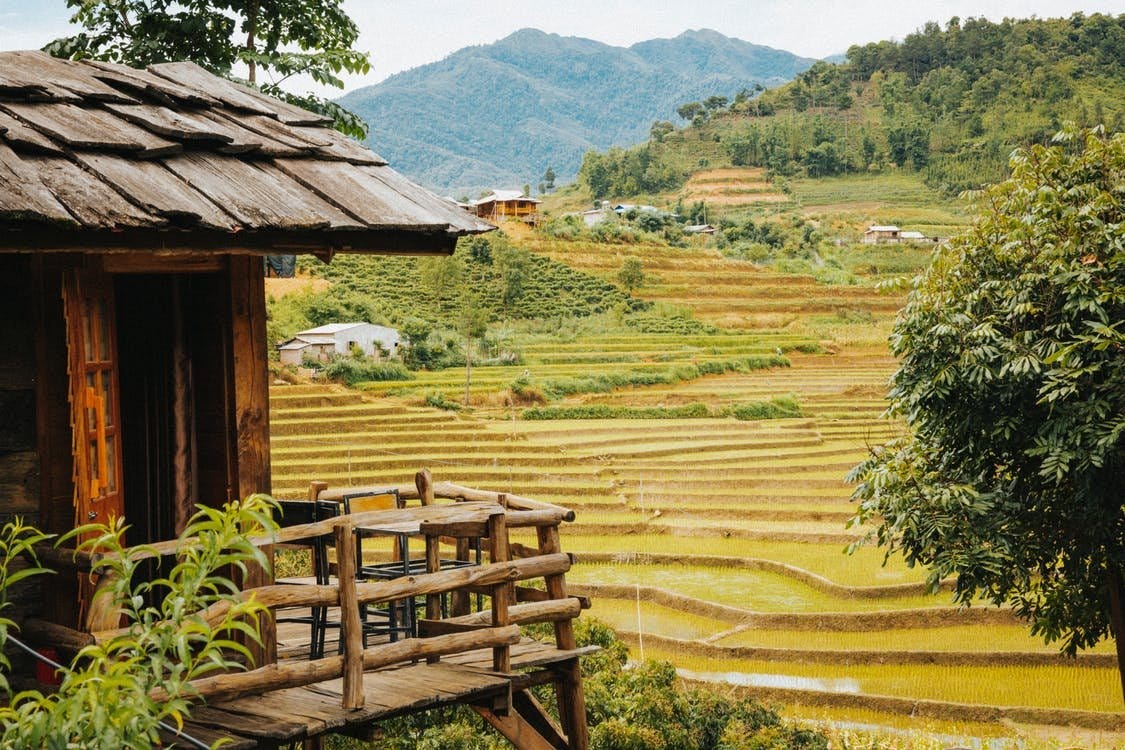
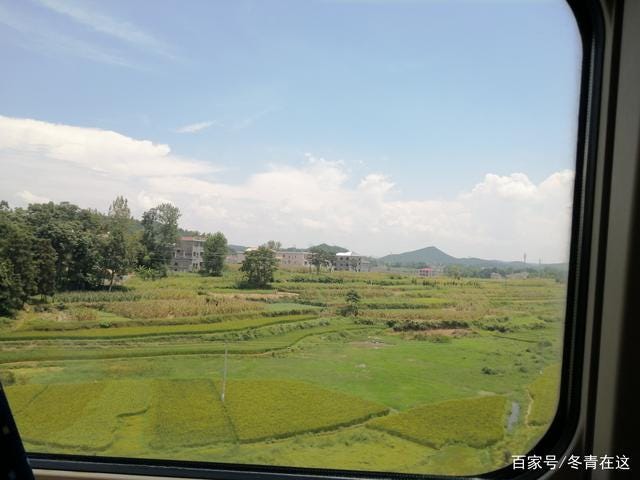
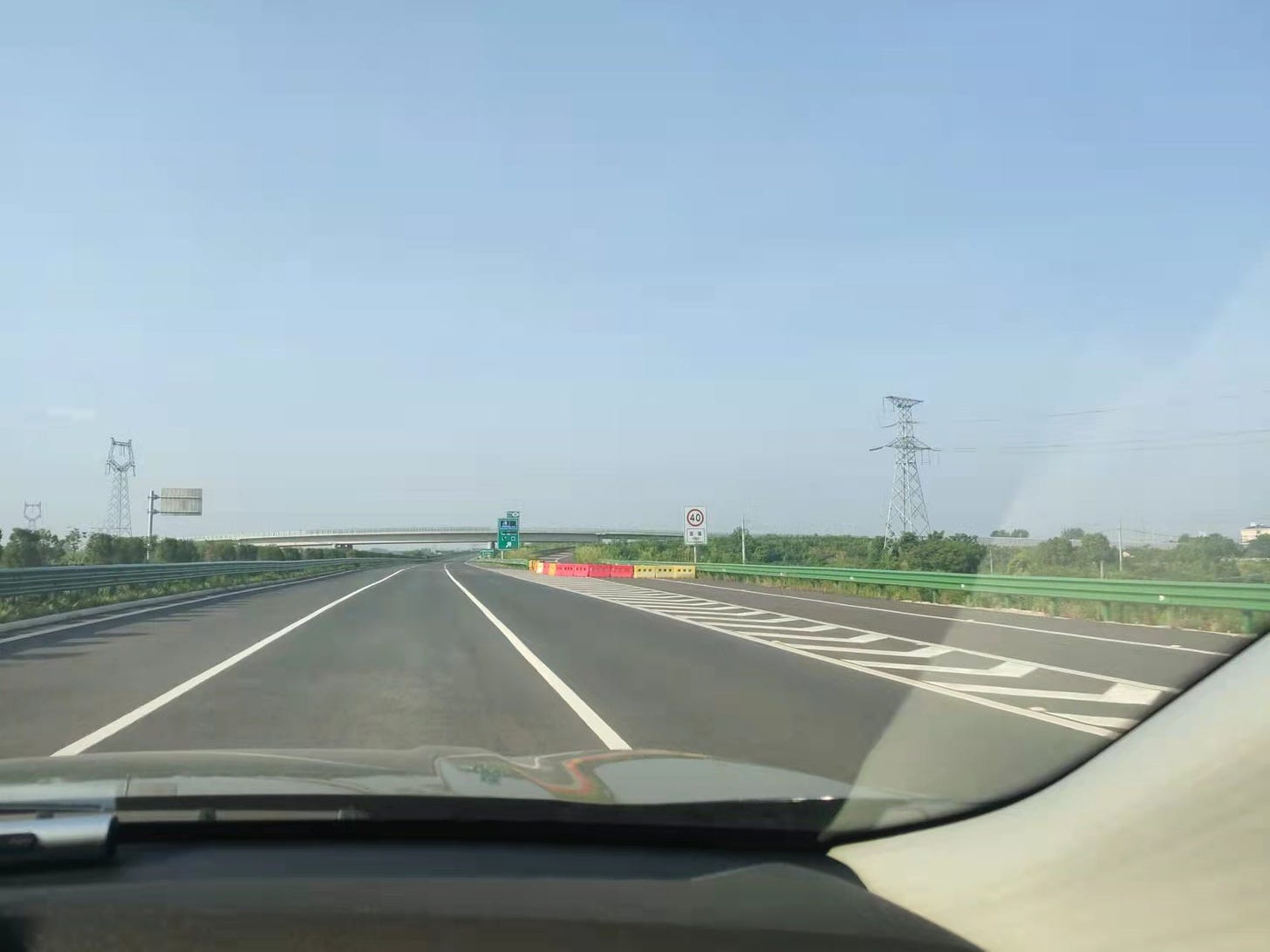
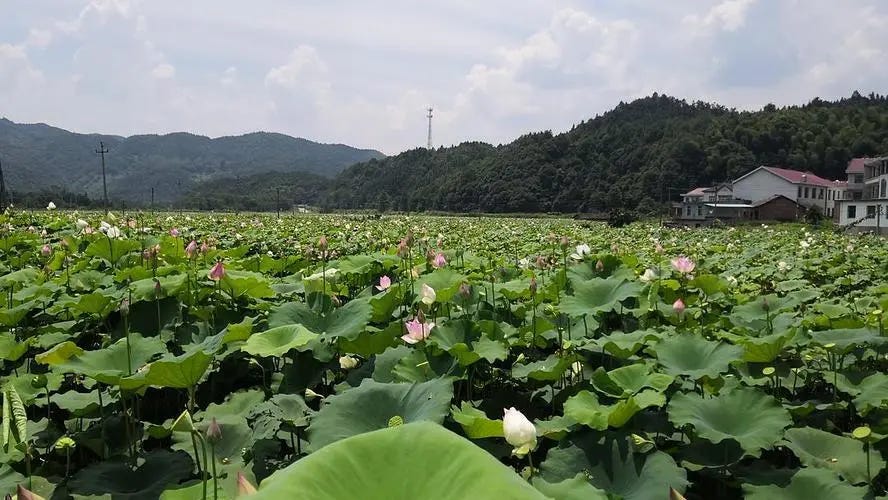
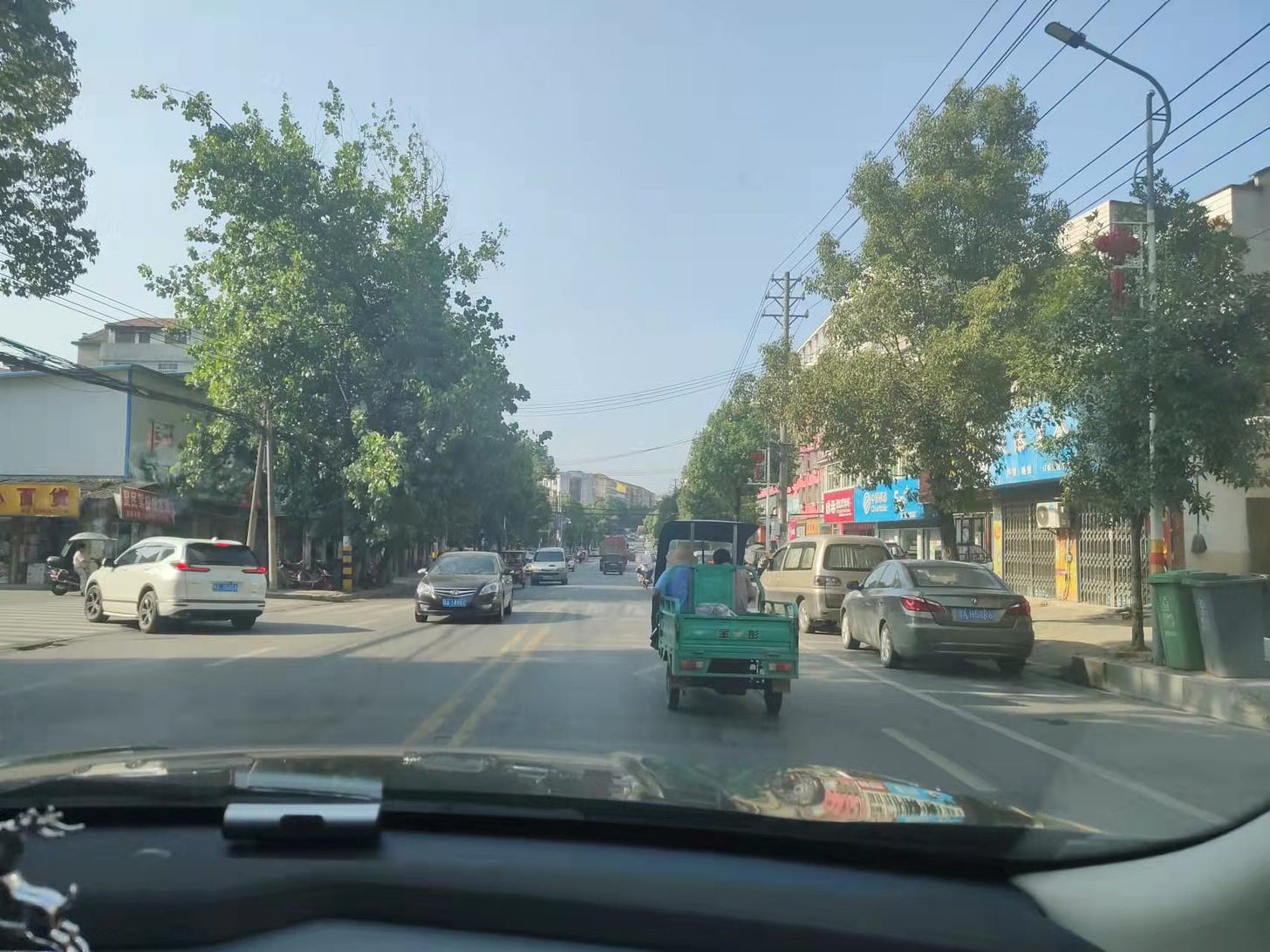
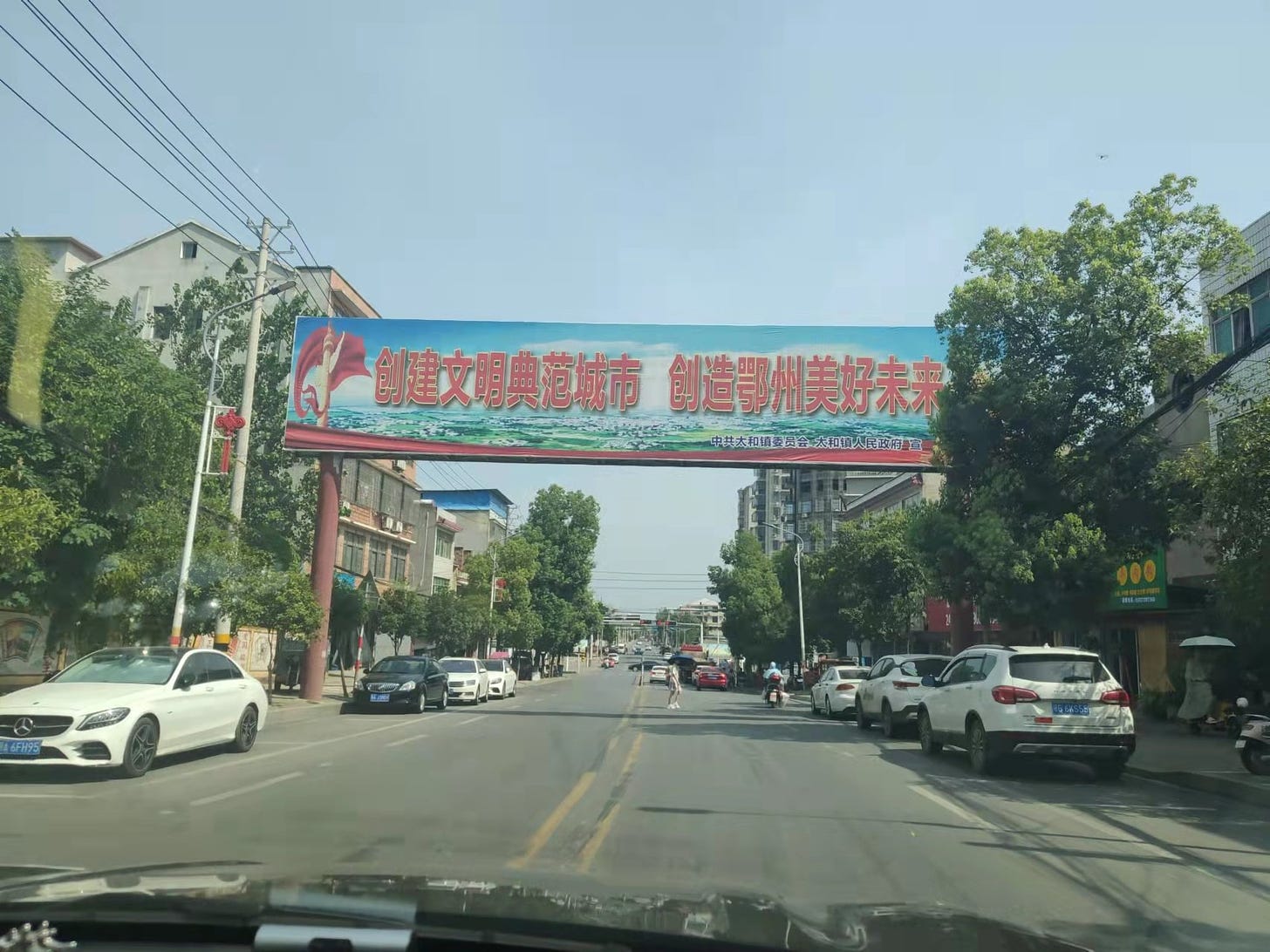
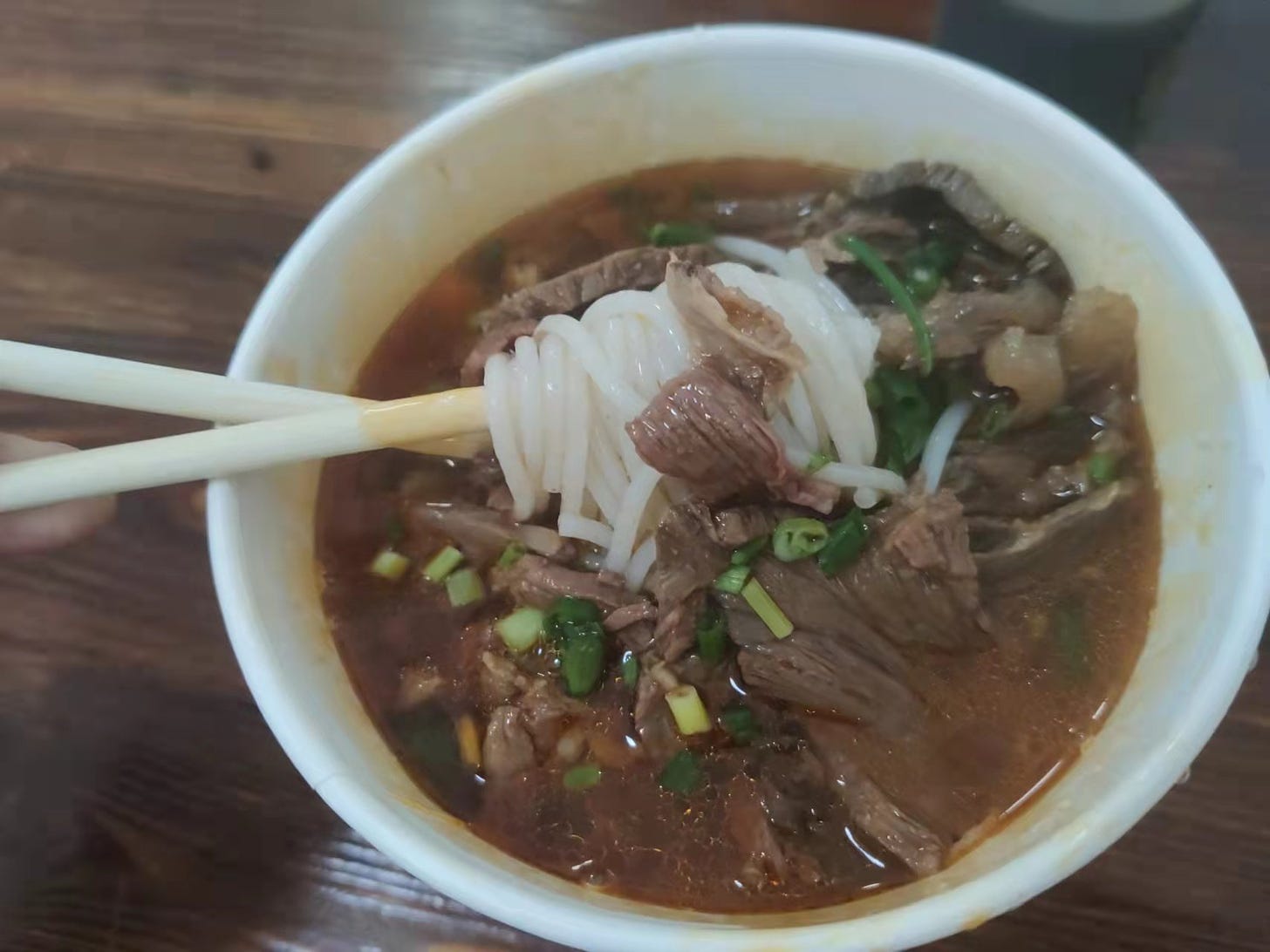
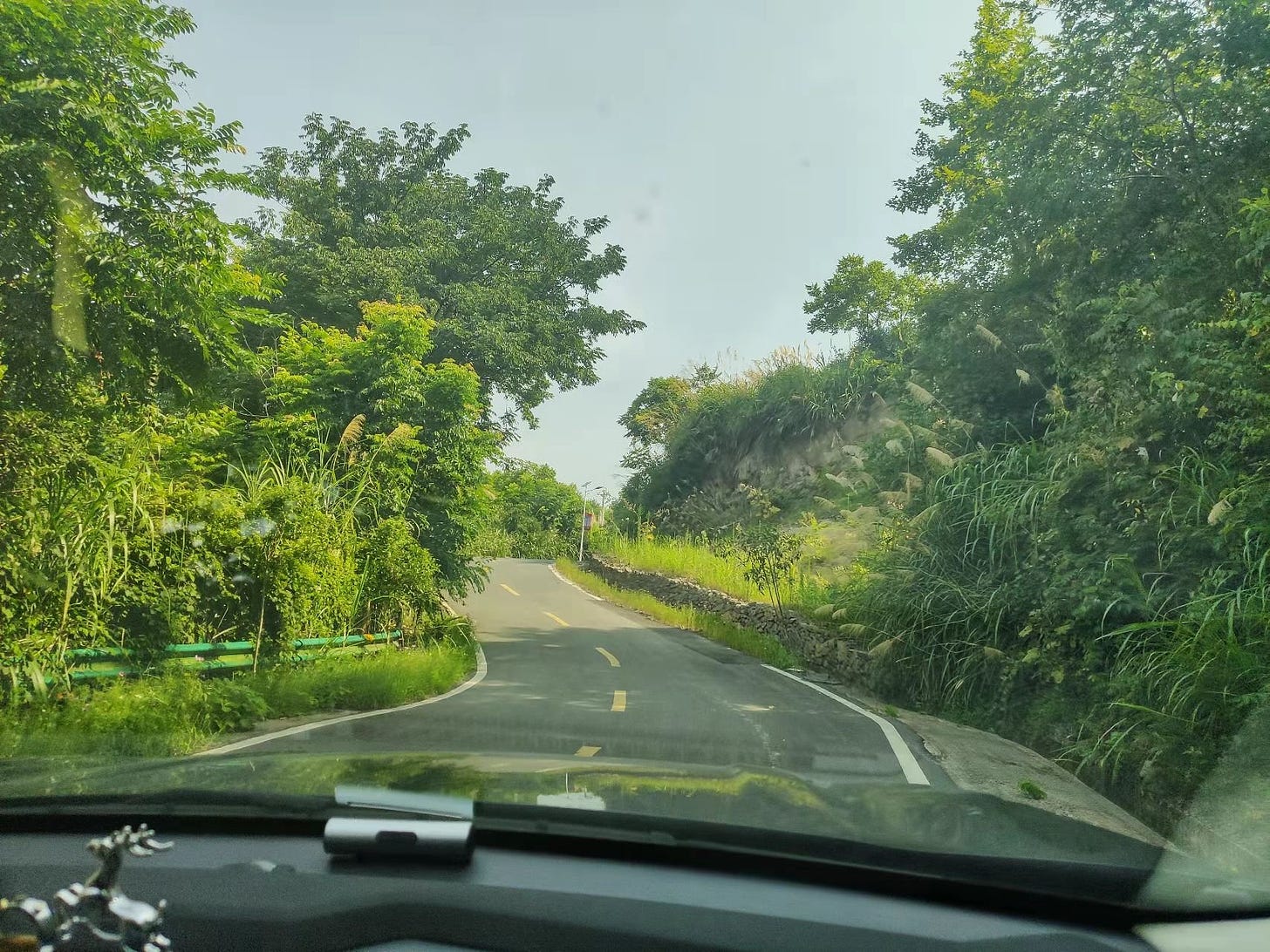
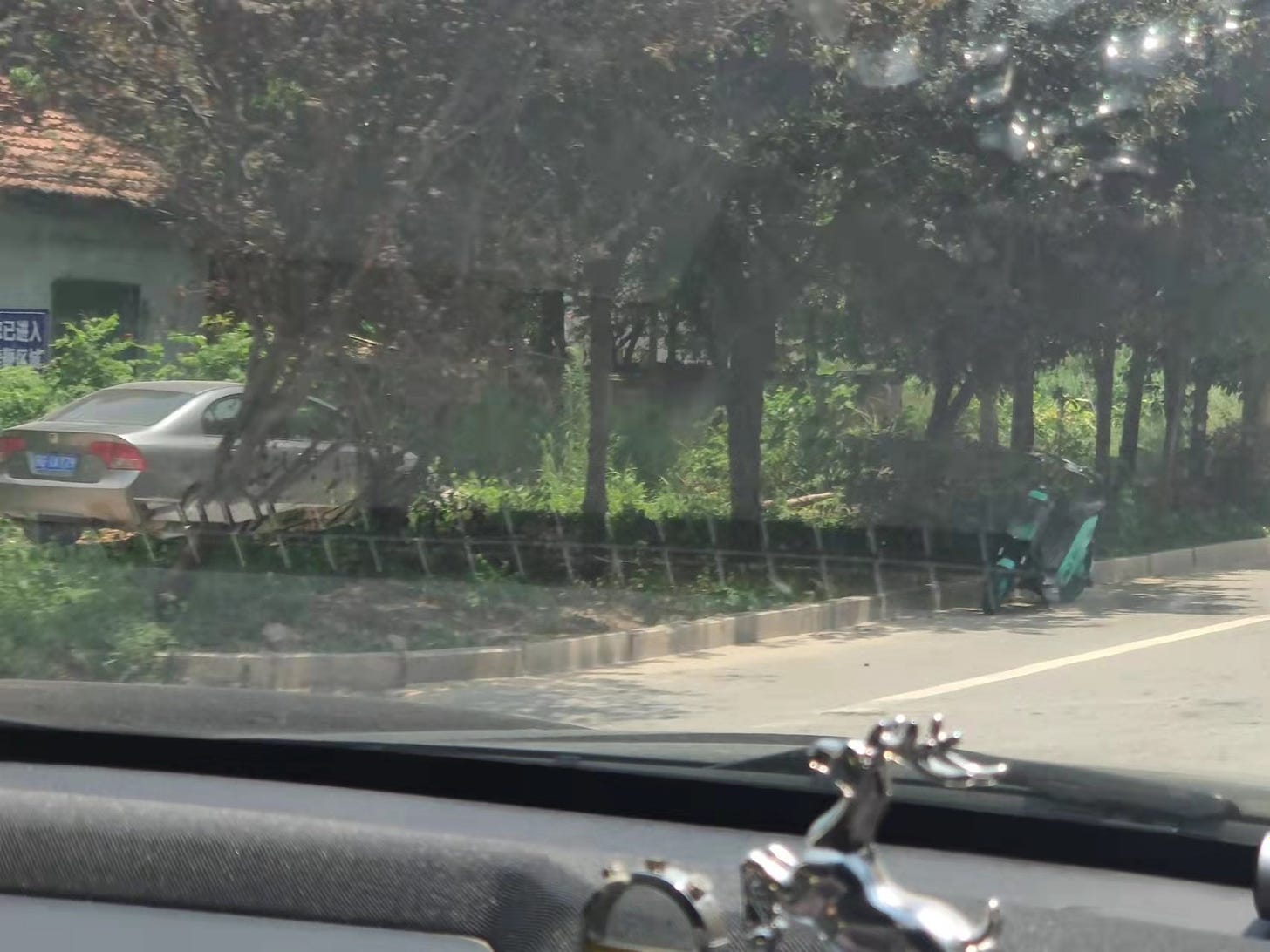
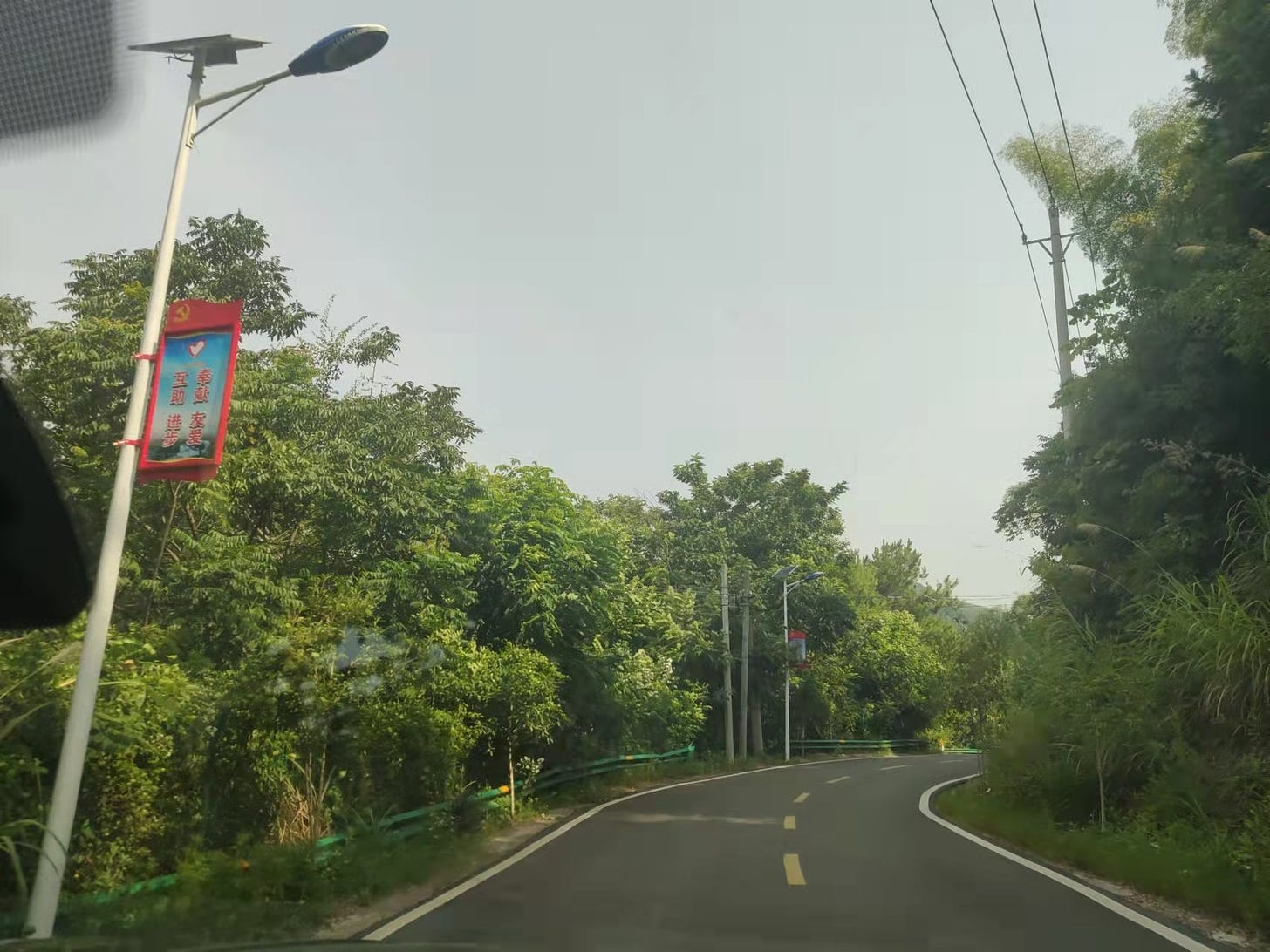
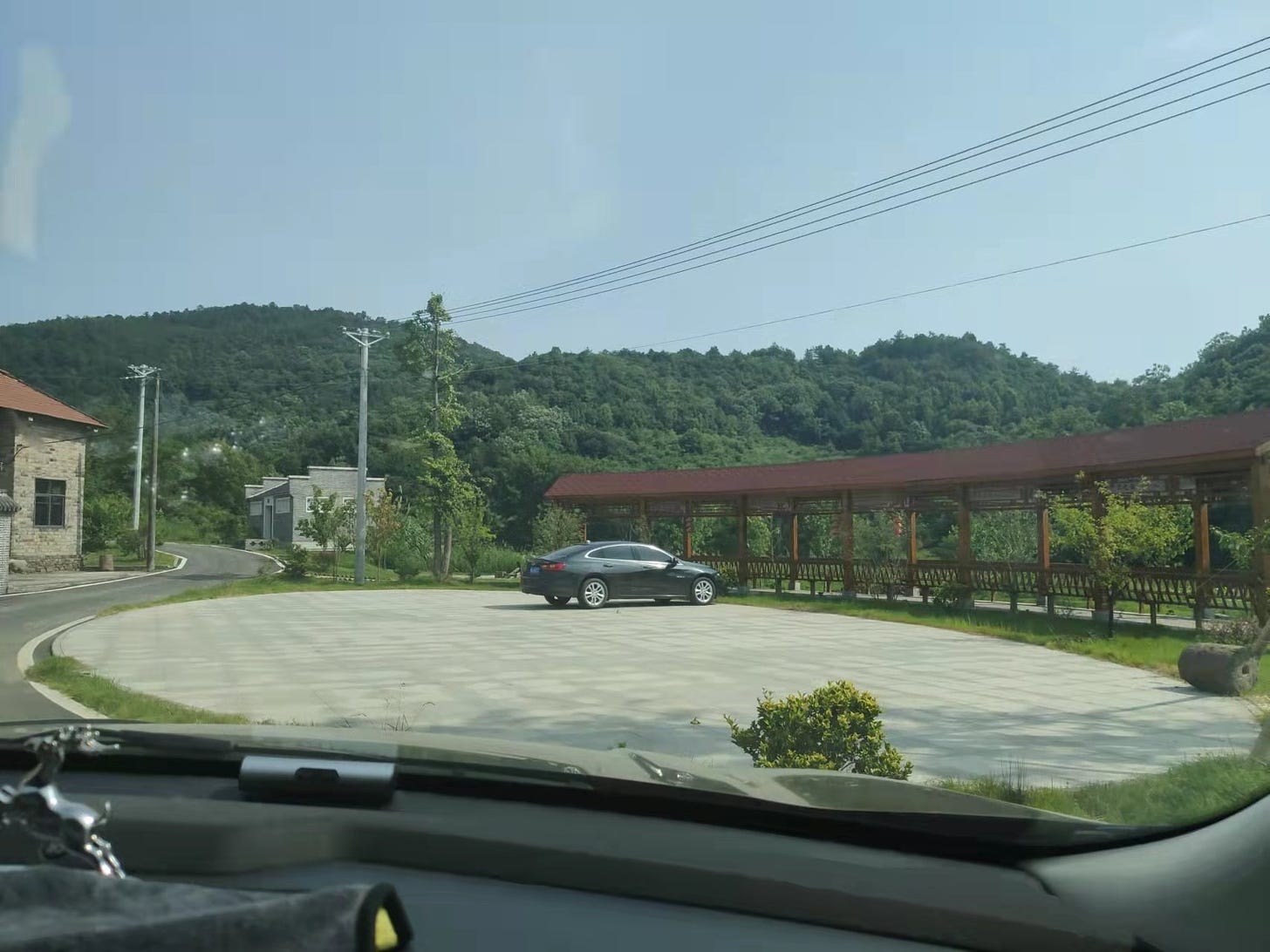
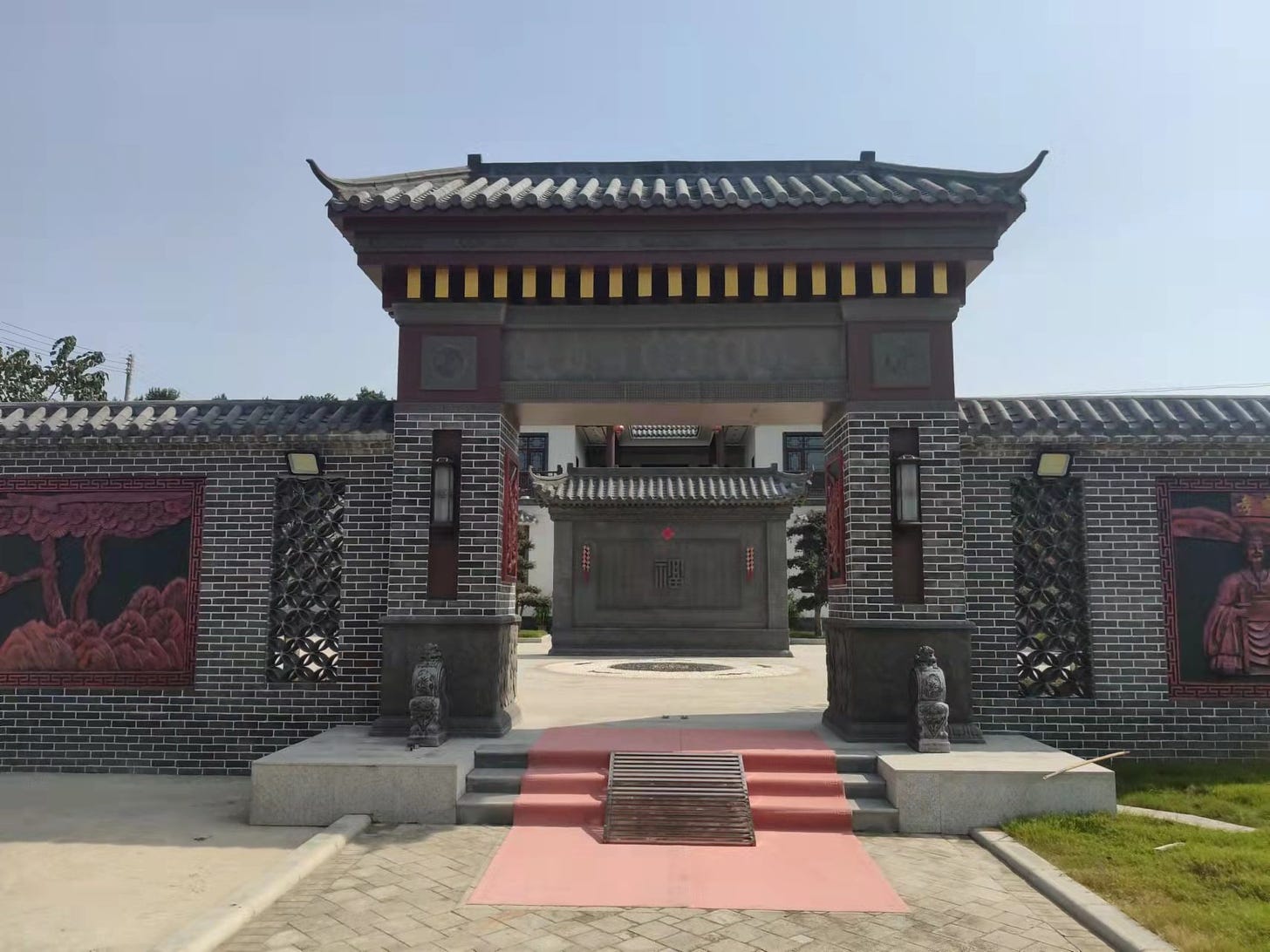
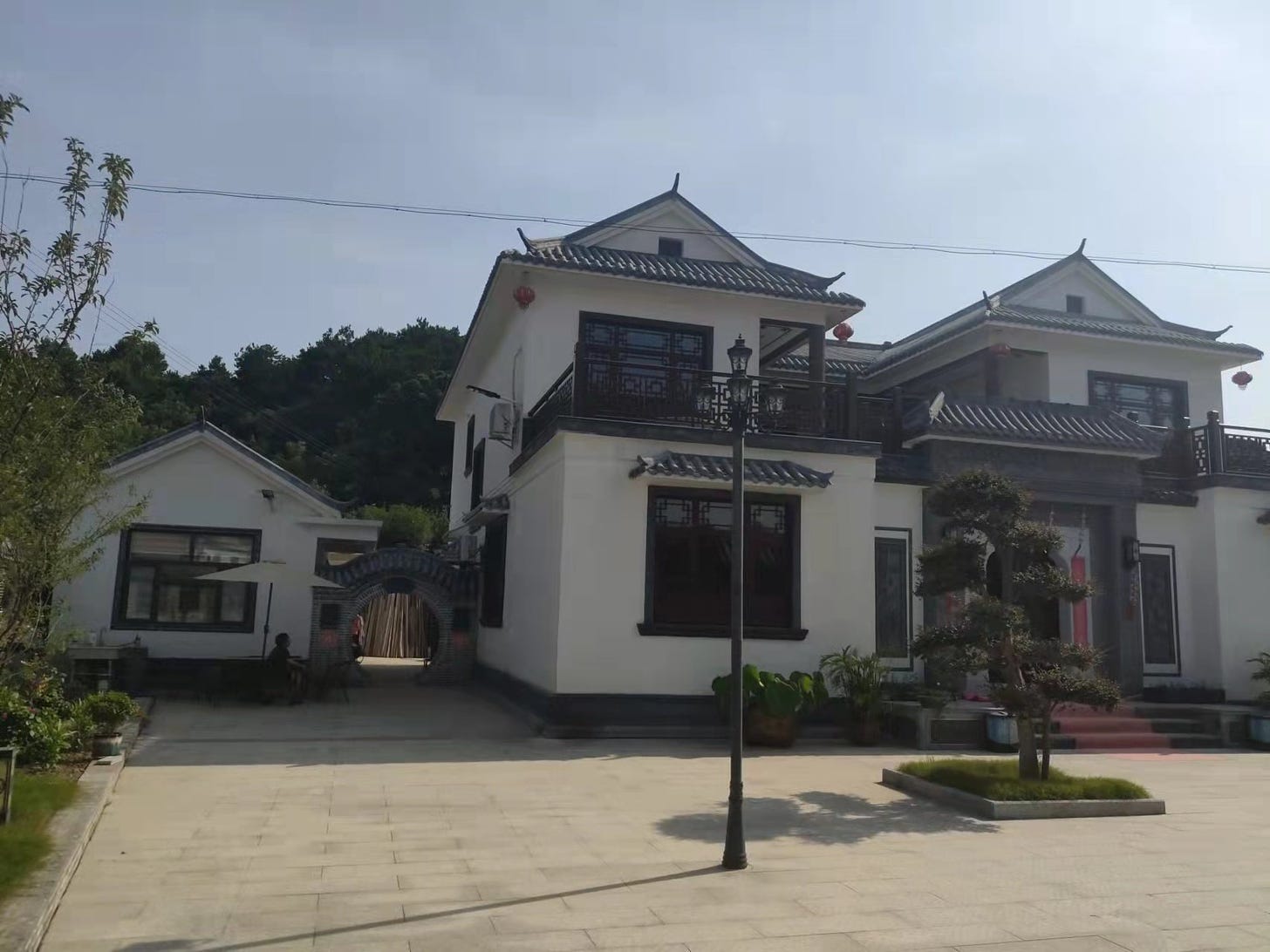
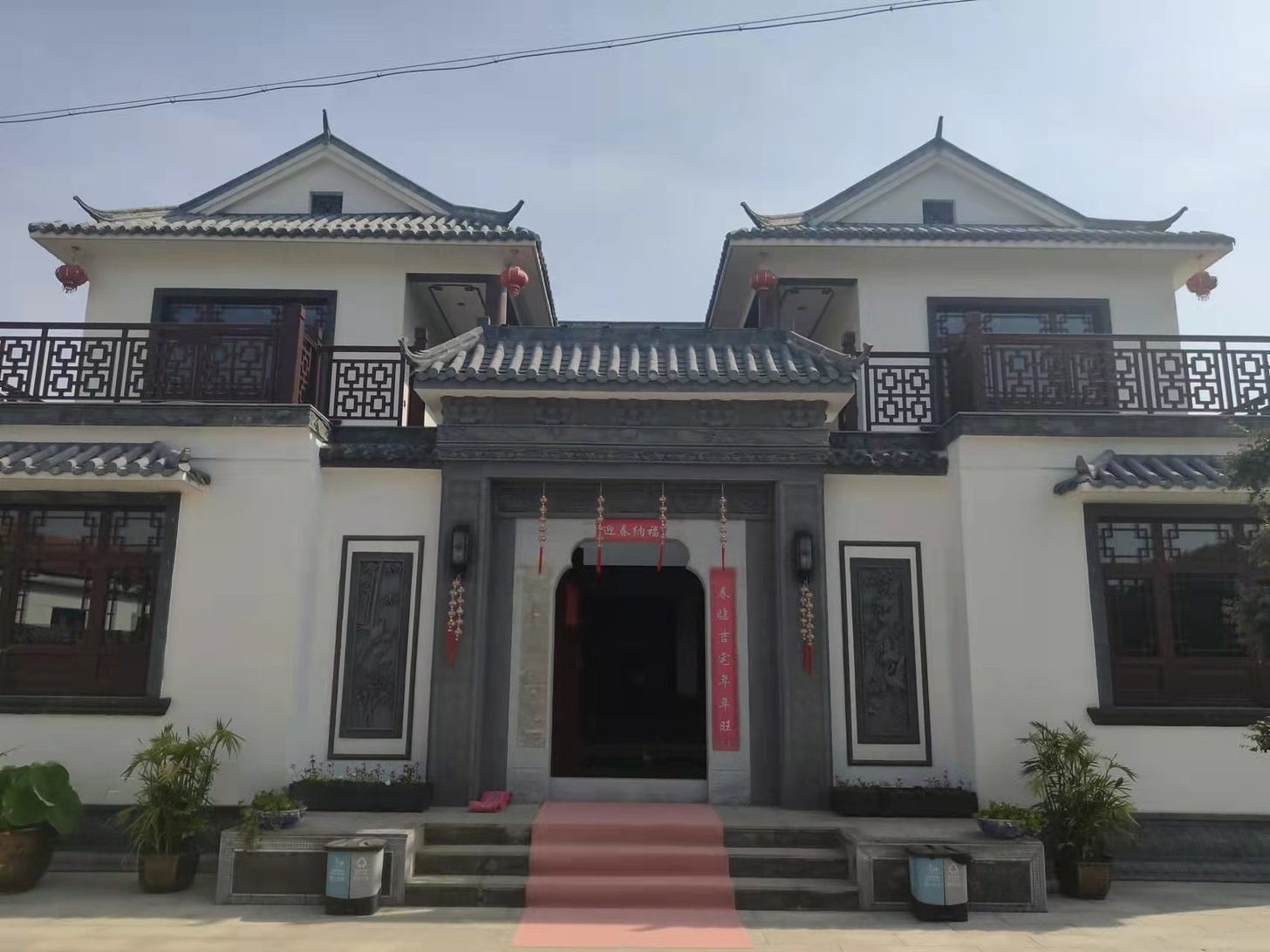
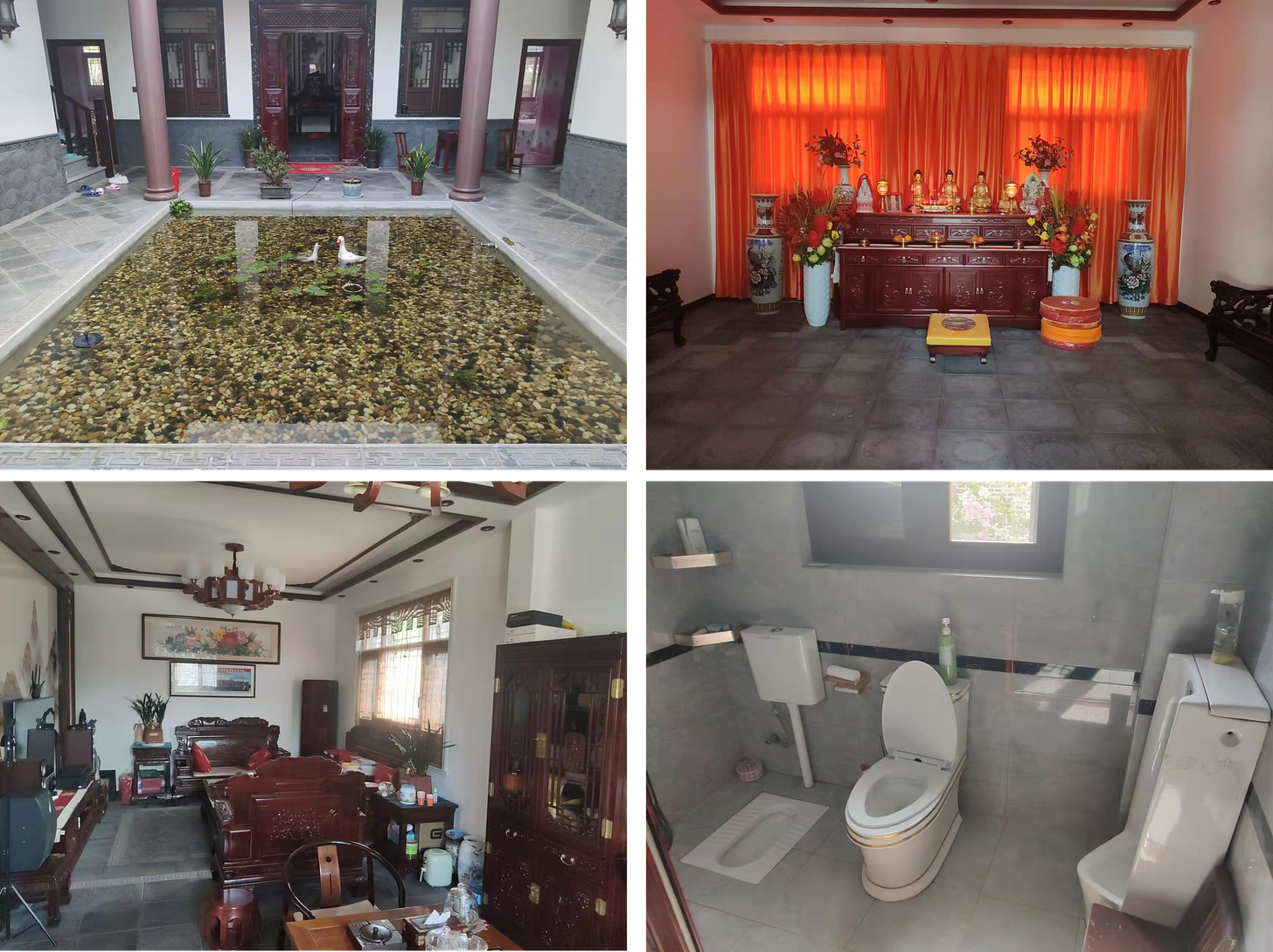
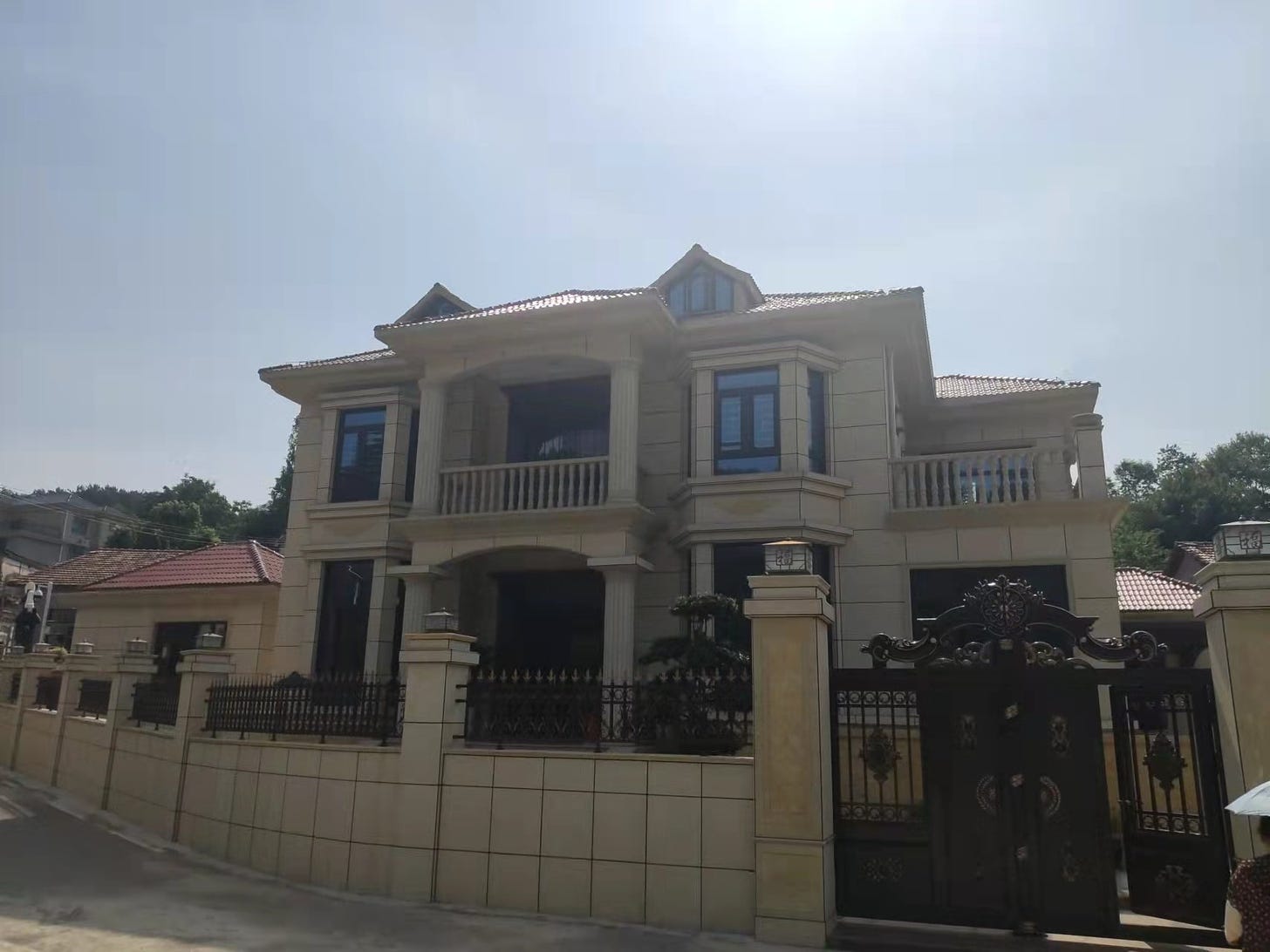
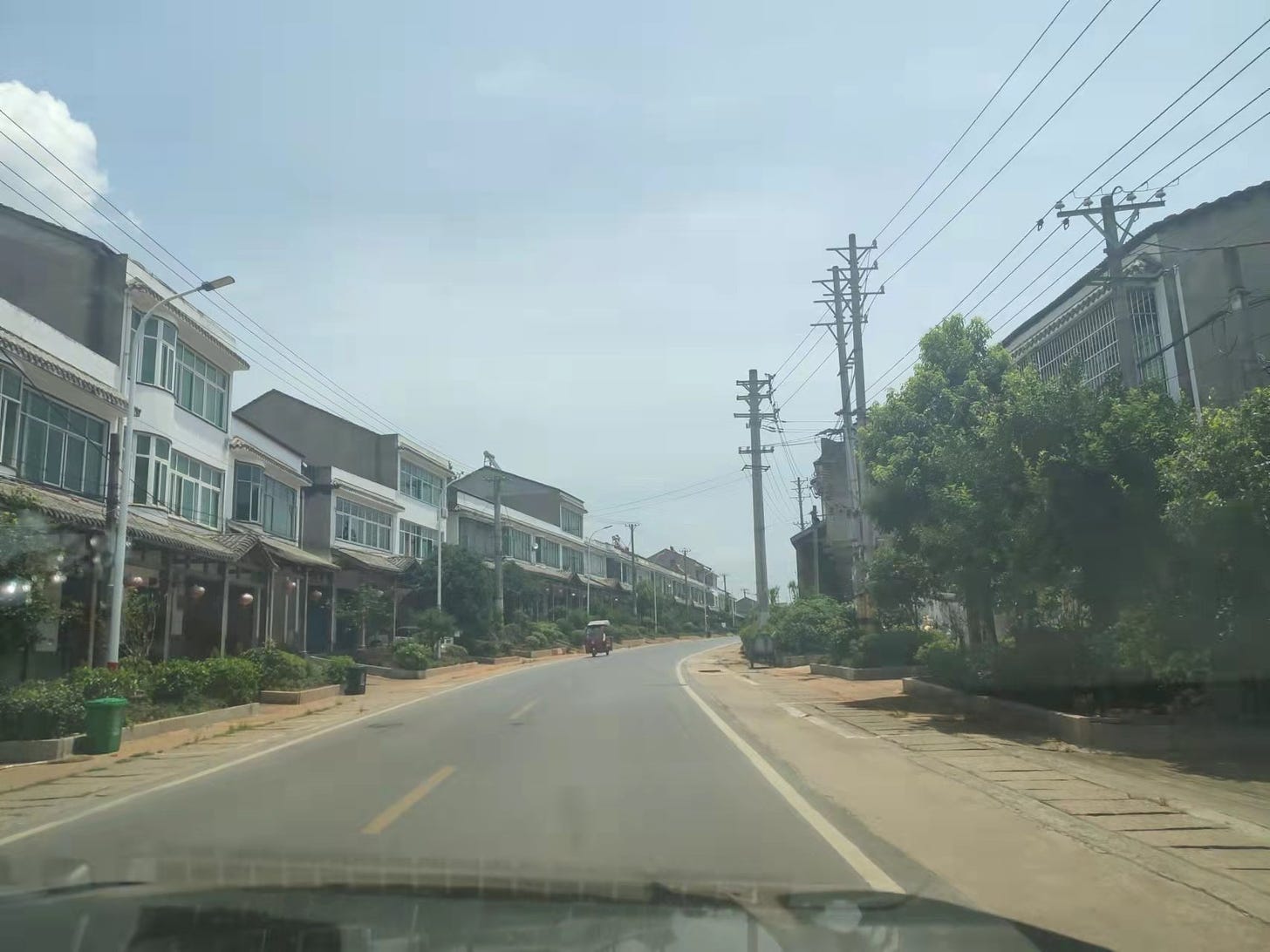
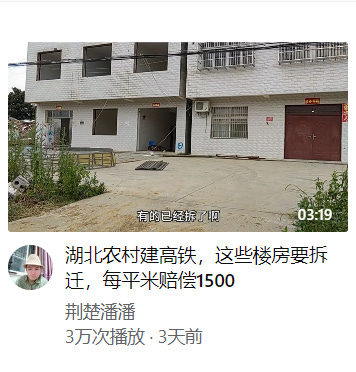

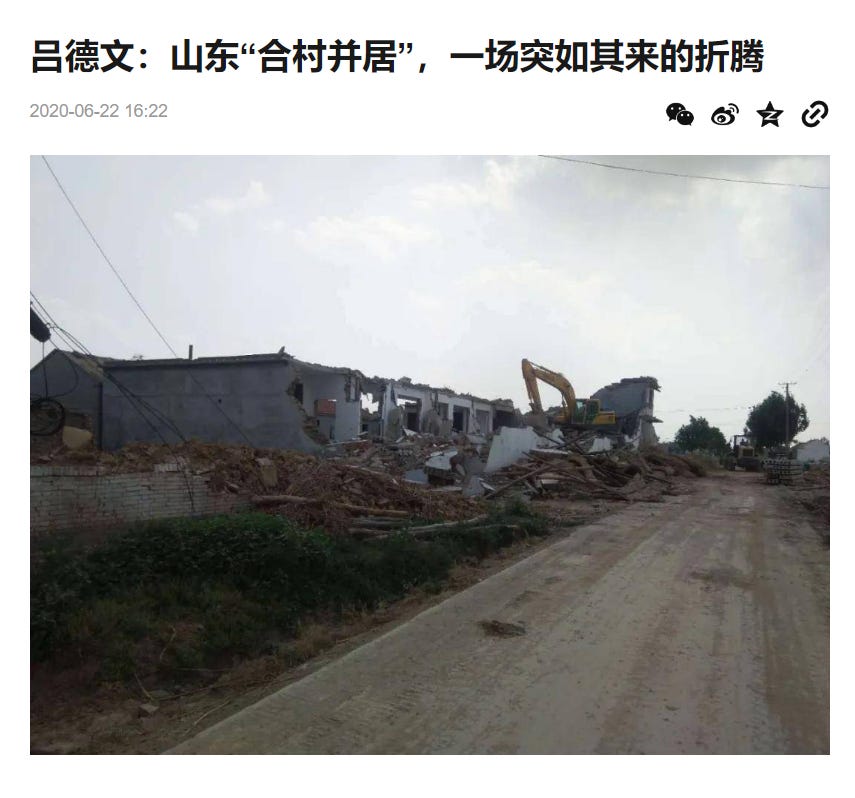
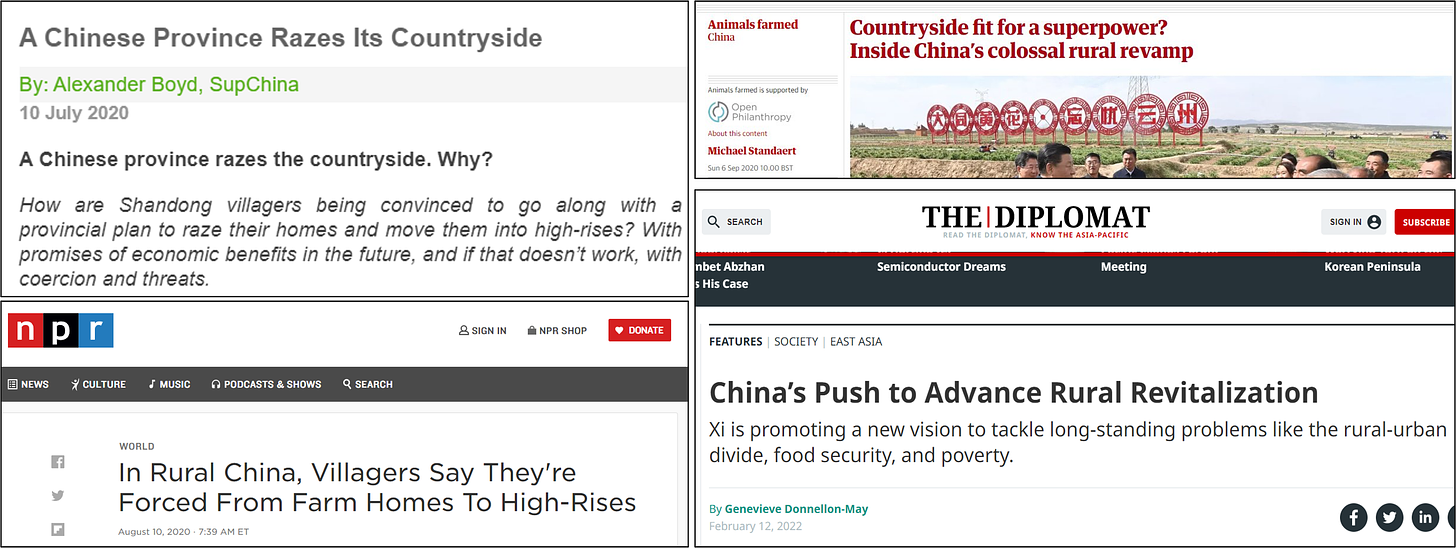
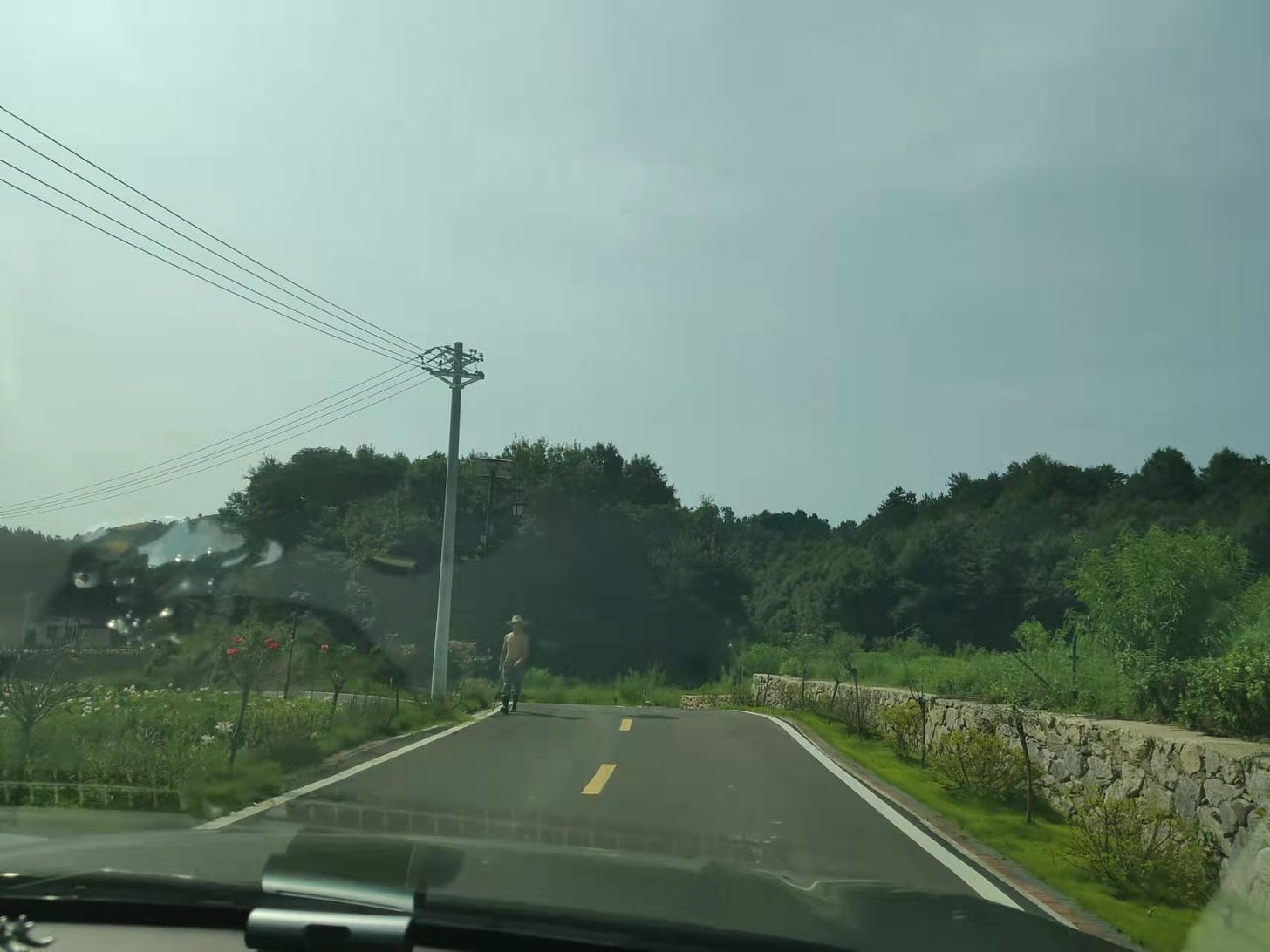
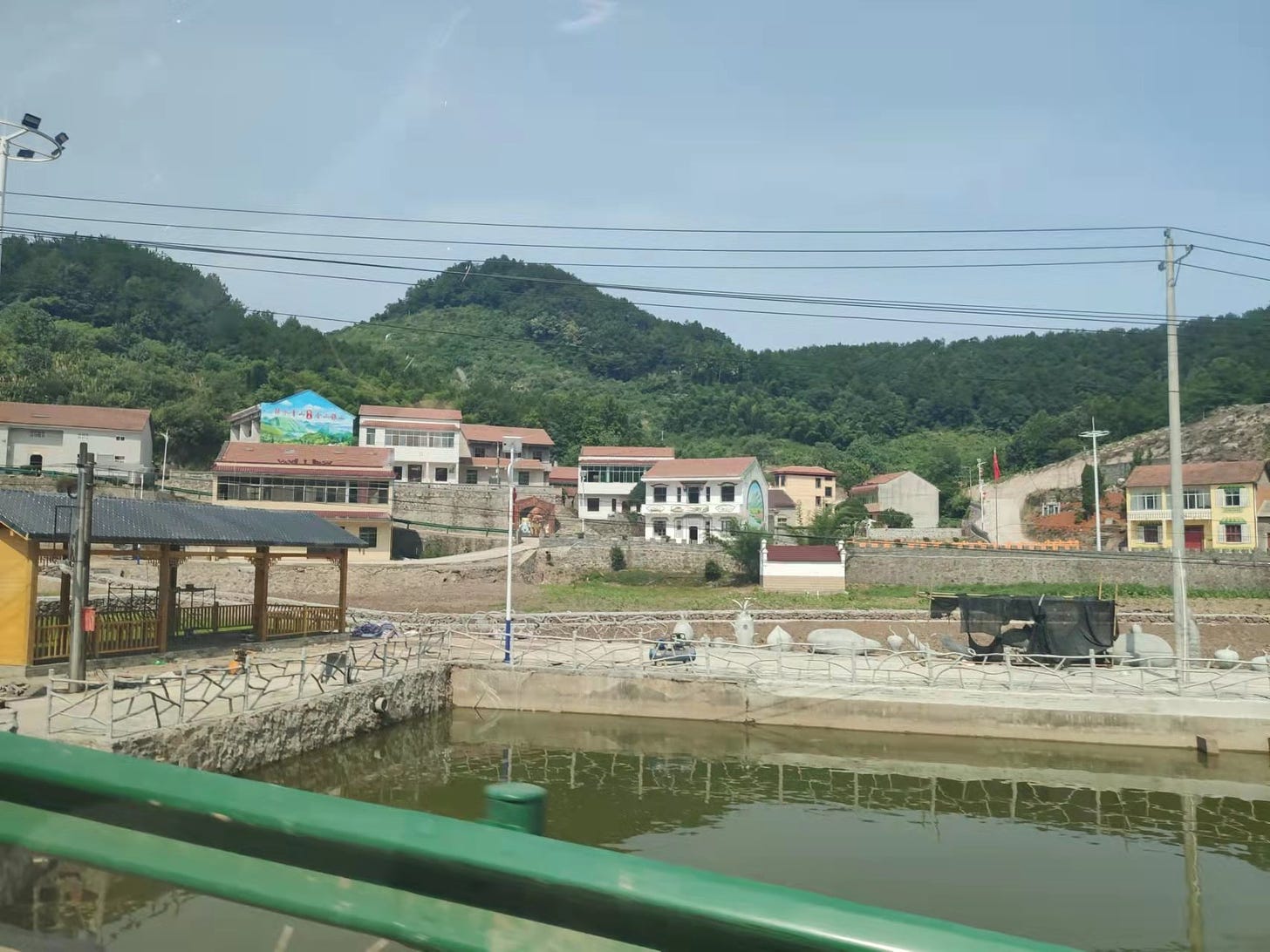
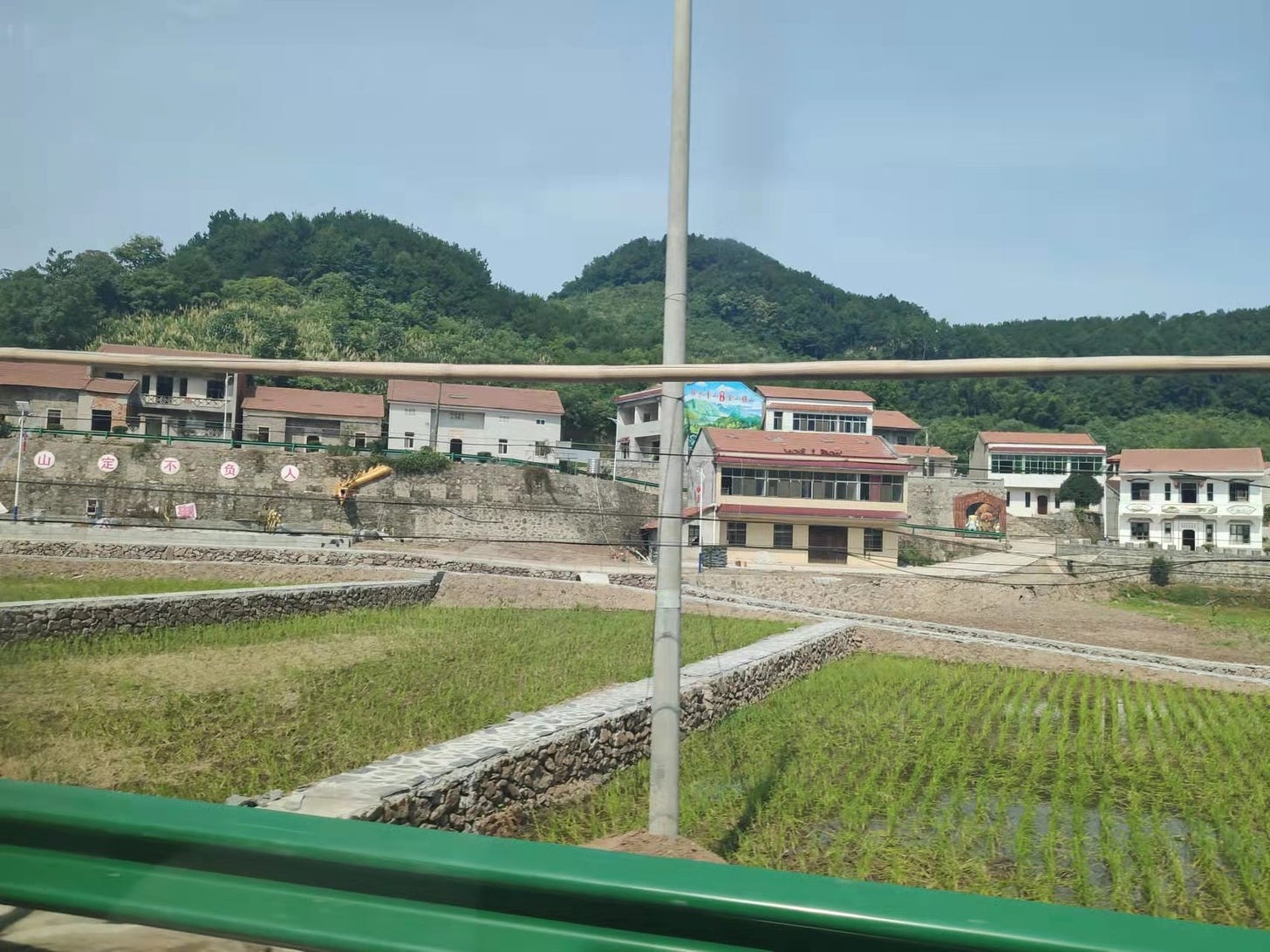
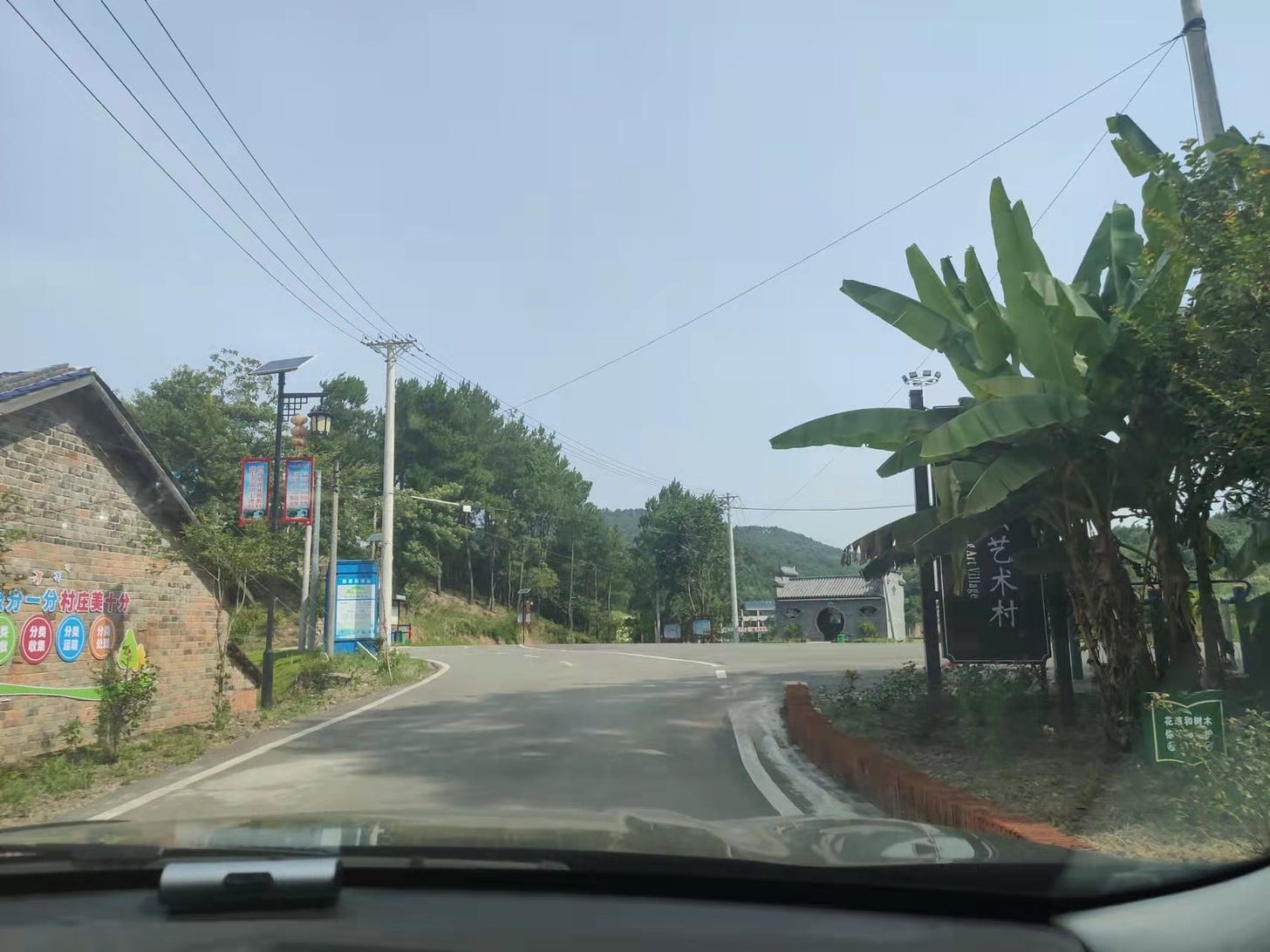
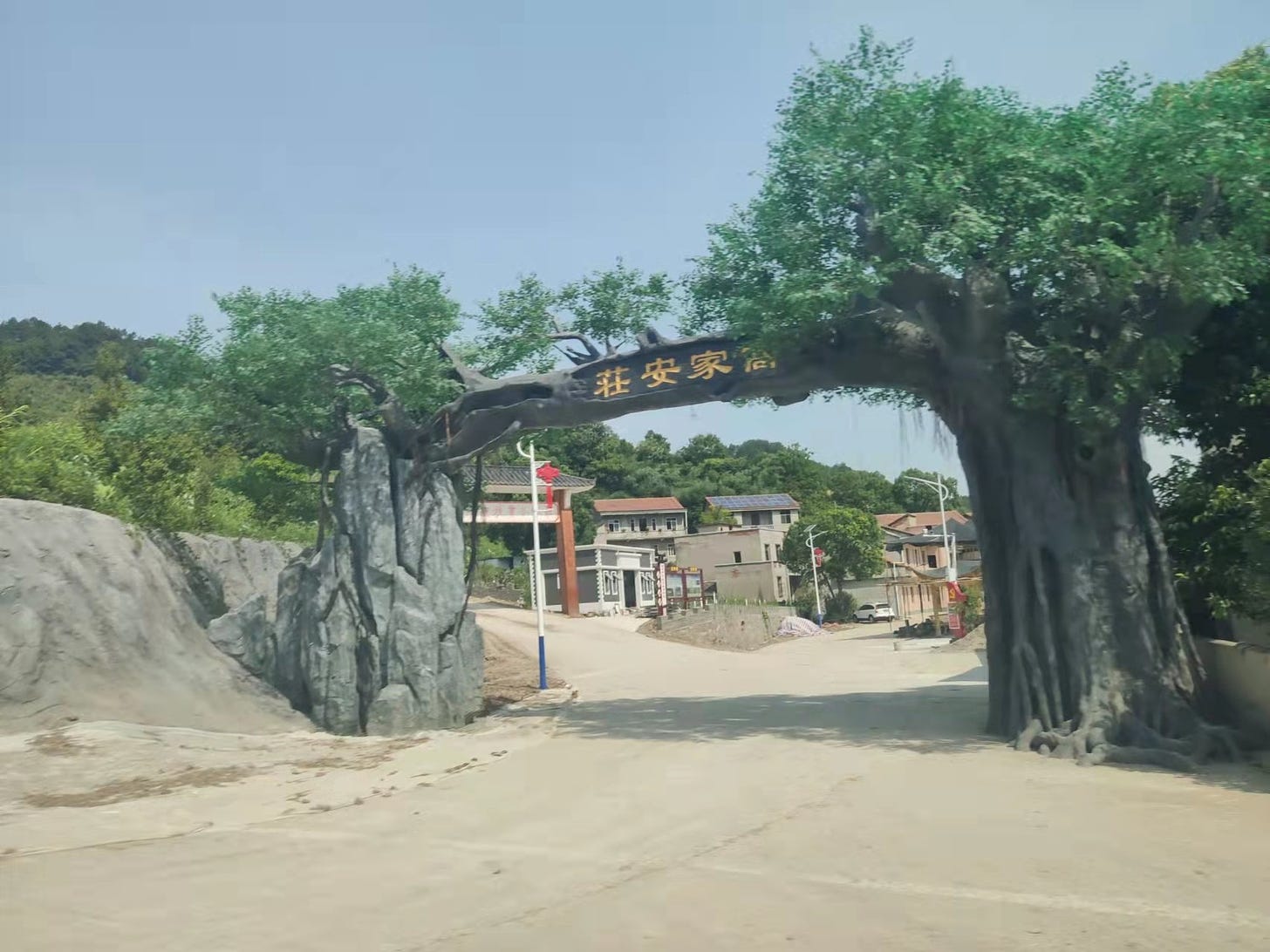
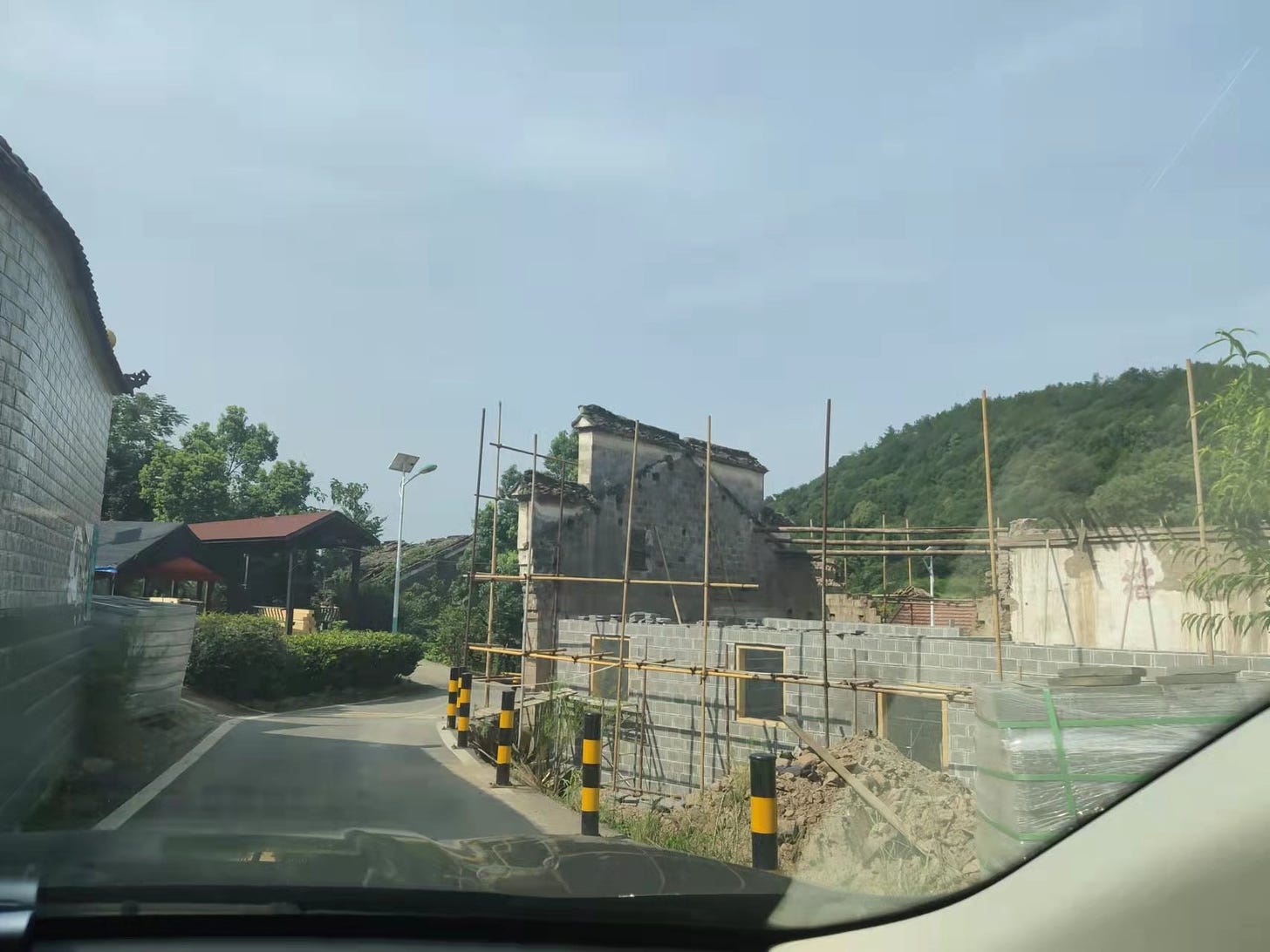
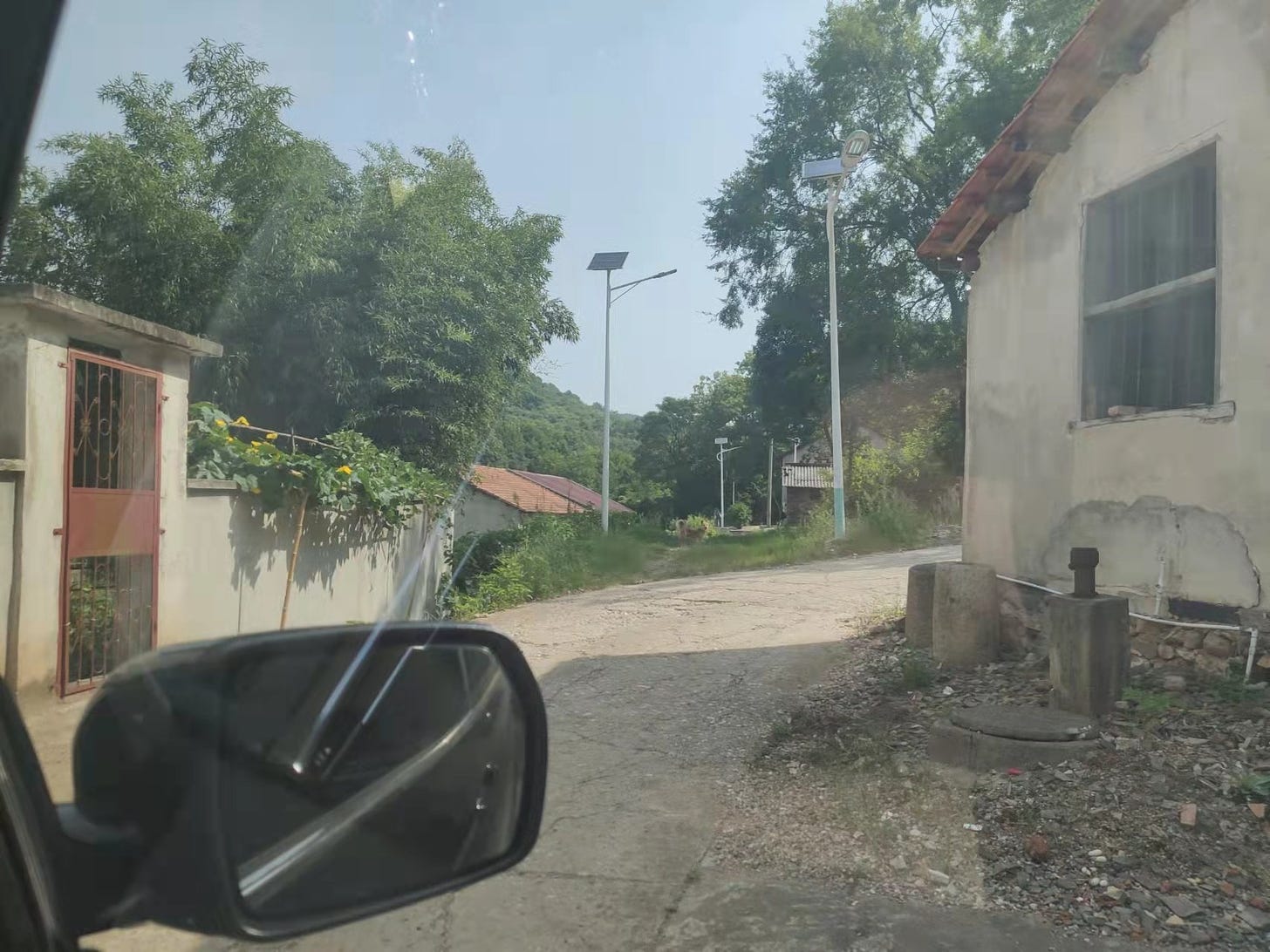
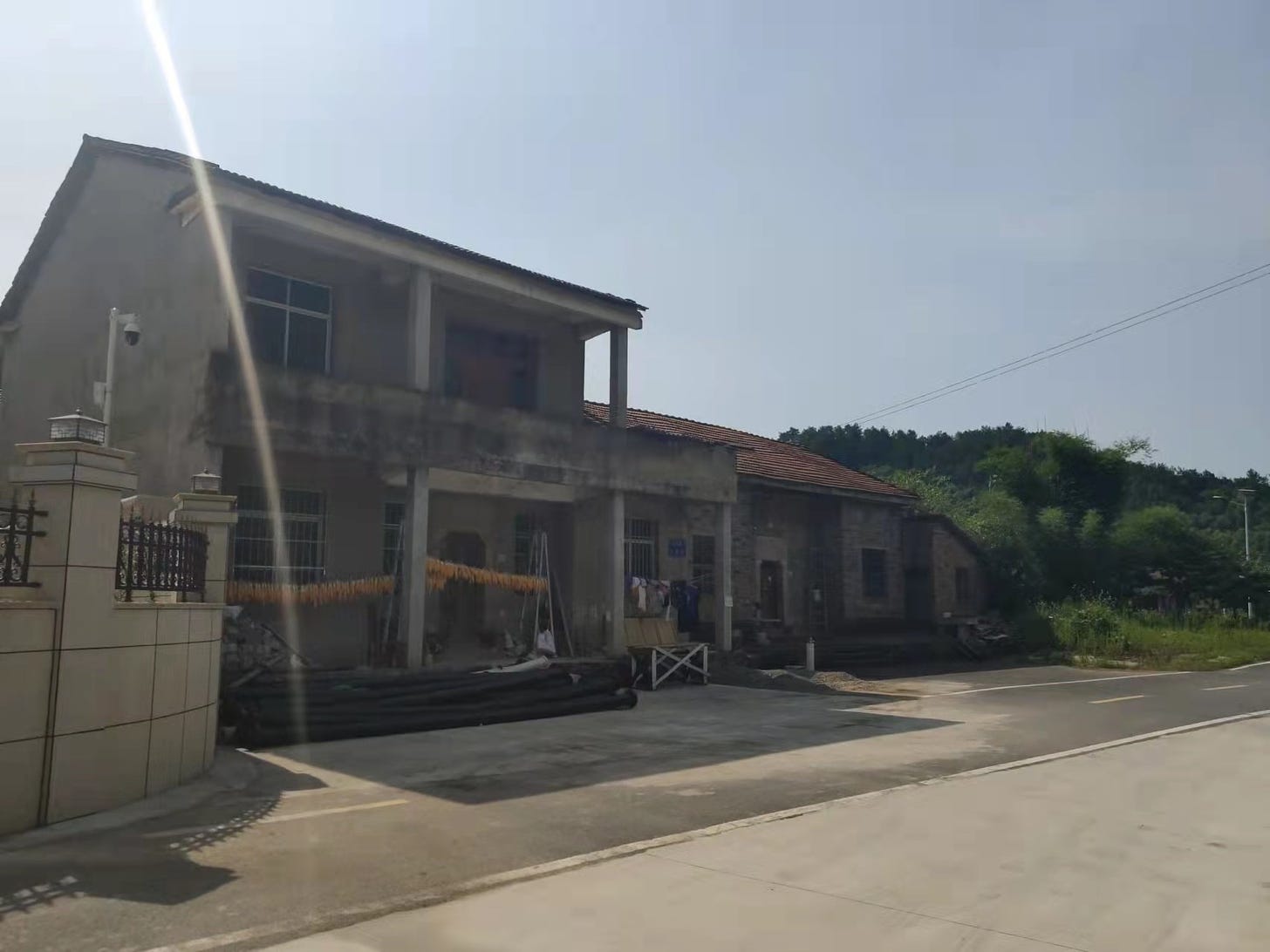
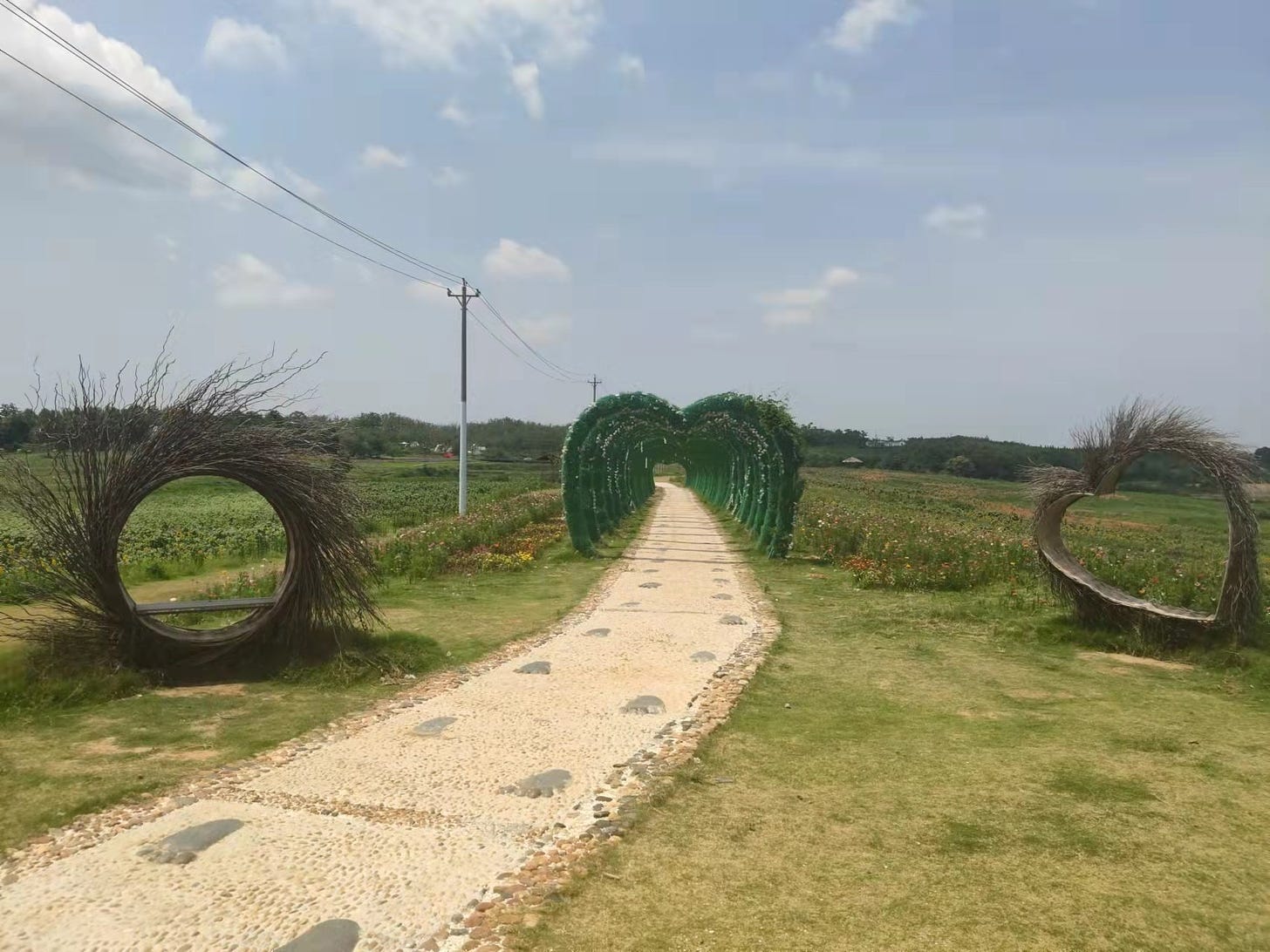
Superb. Also, for what it’s worth -- Graeme smith and Ben Hillman both at the anu covered previous iterations of this upgrading, but under different names. The hu/wen programs (more social services based) also more covered. Thanks so much for this great post!
Thank you so much for this.